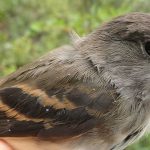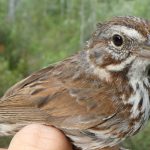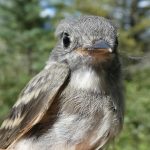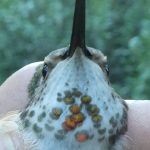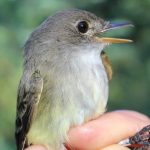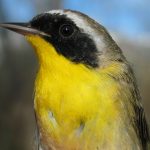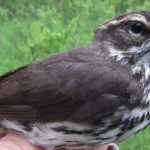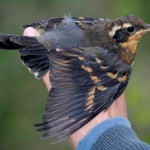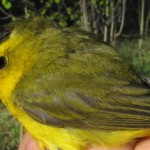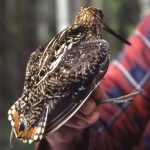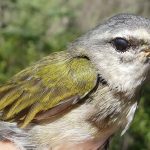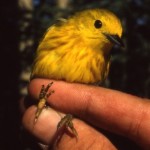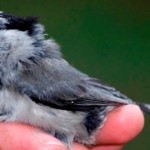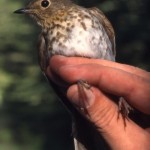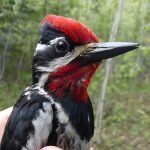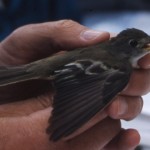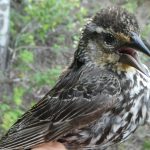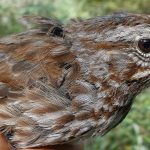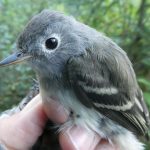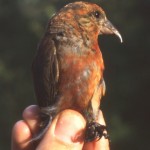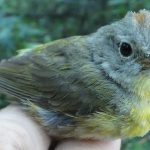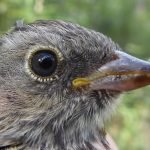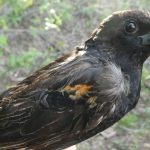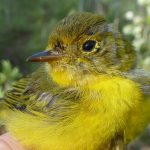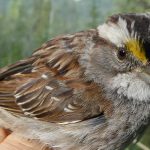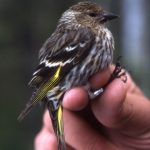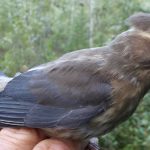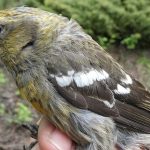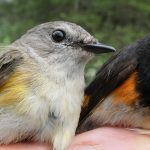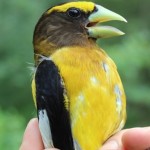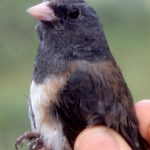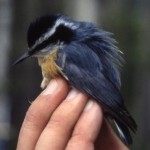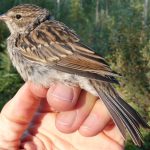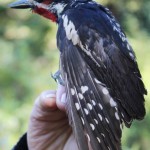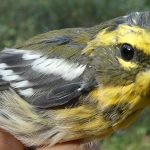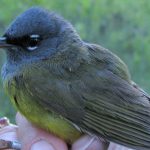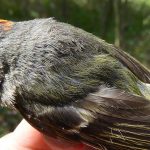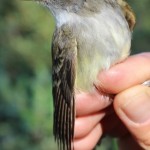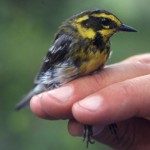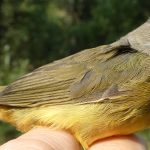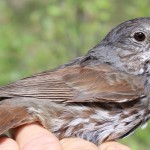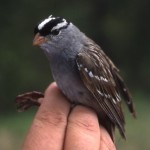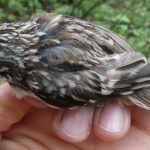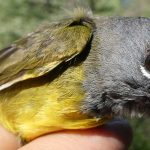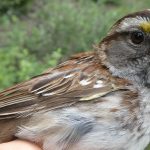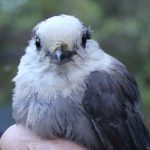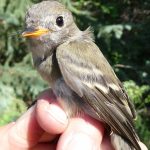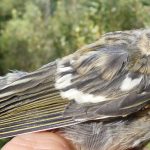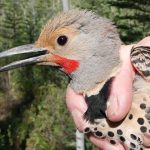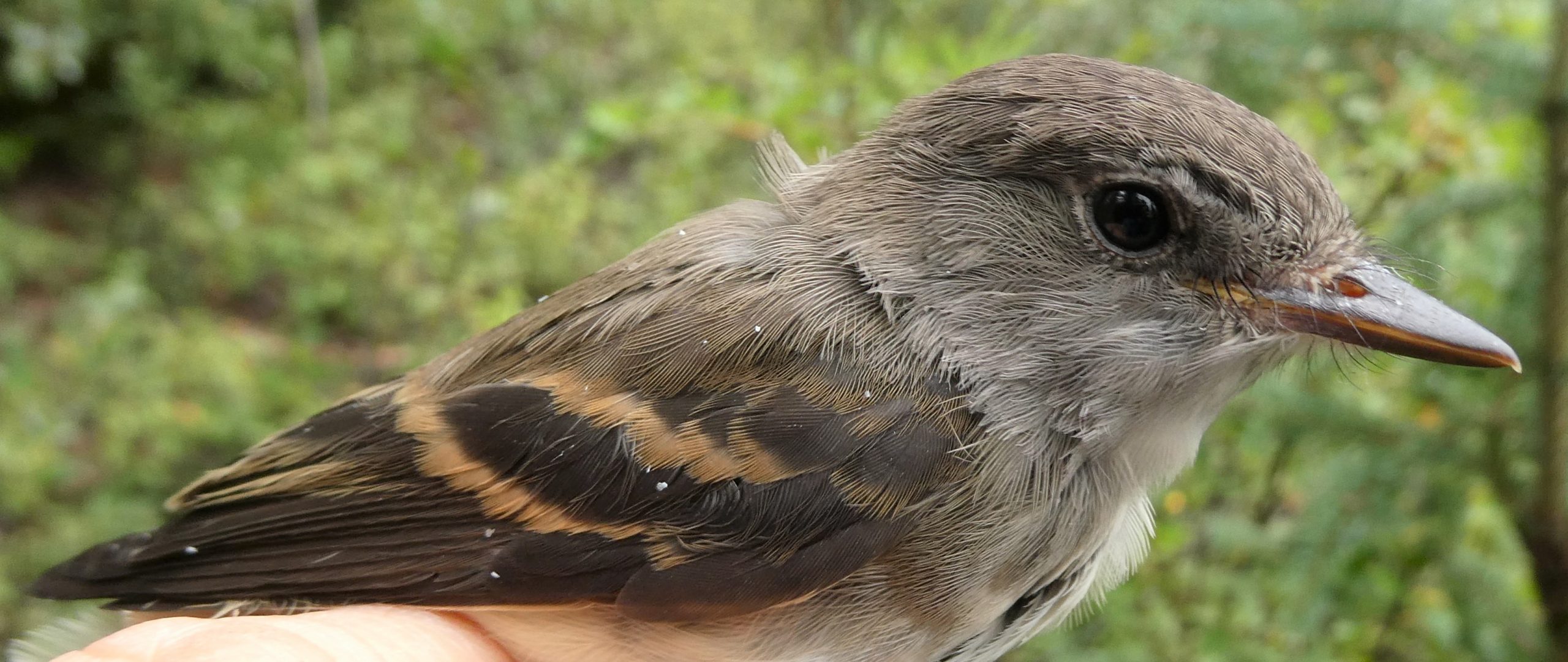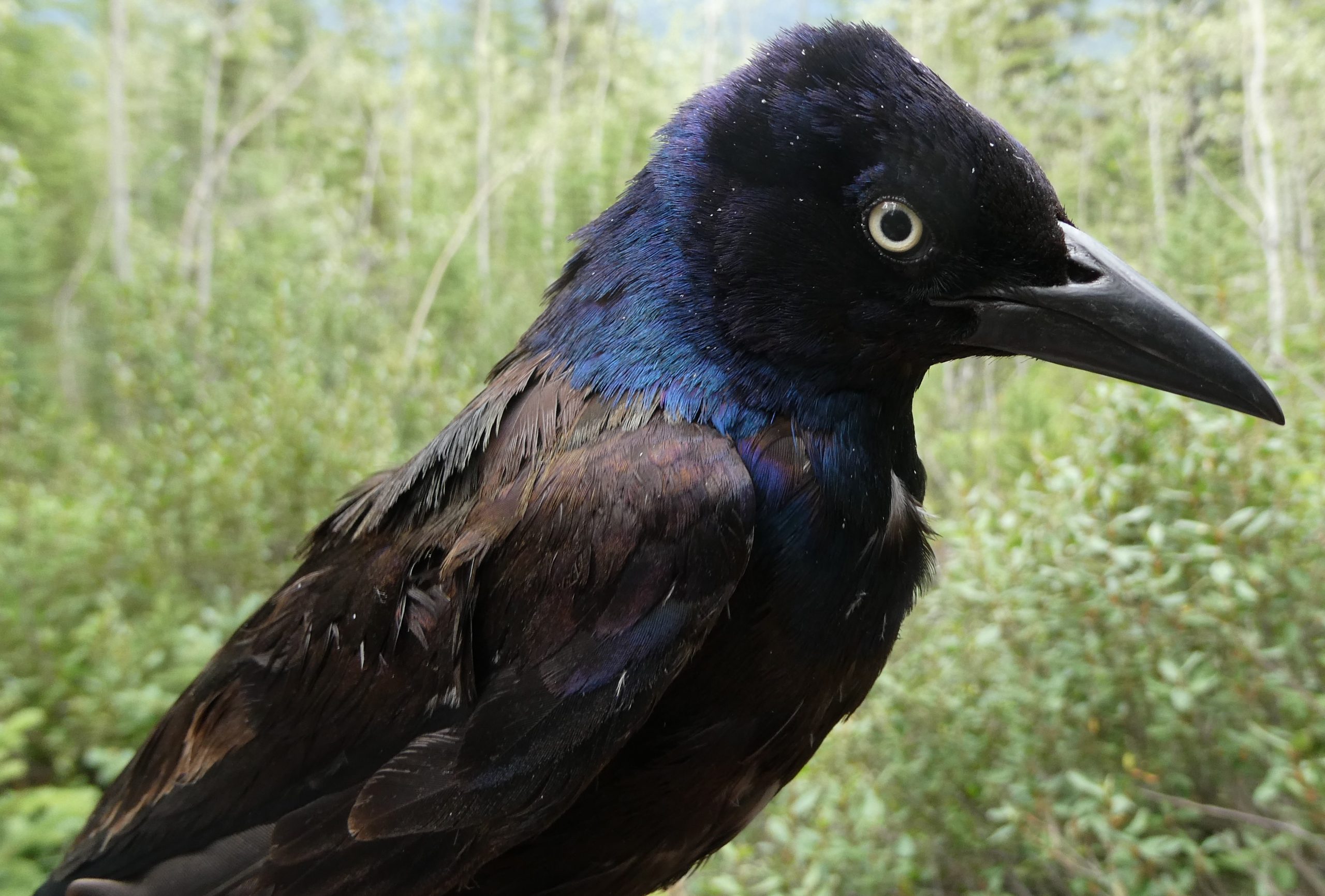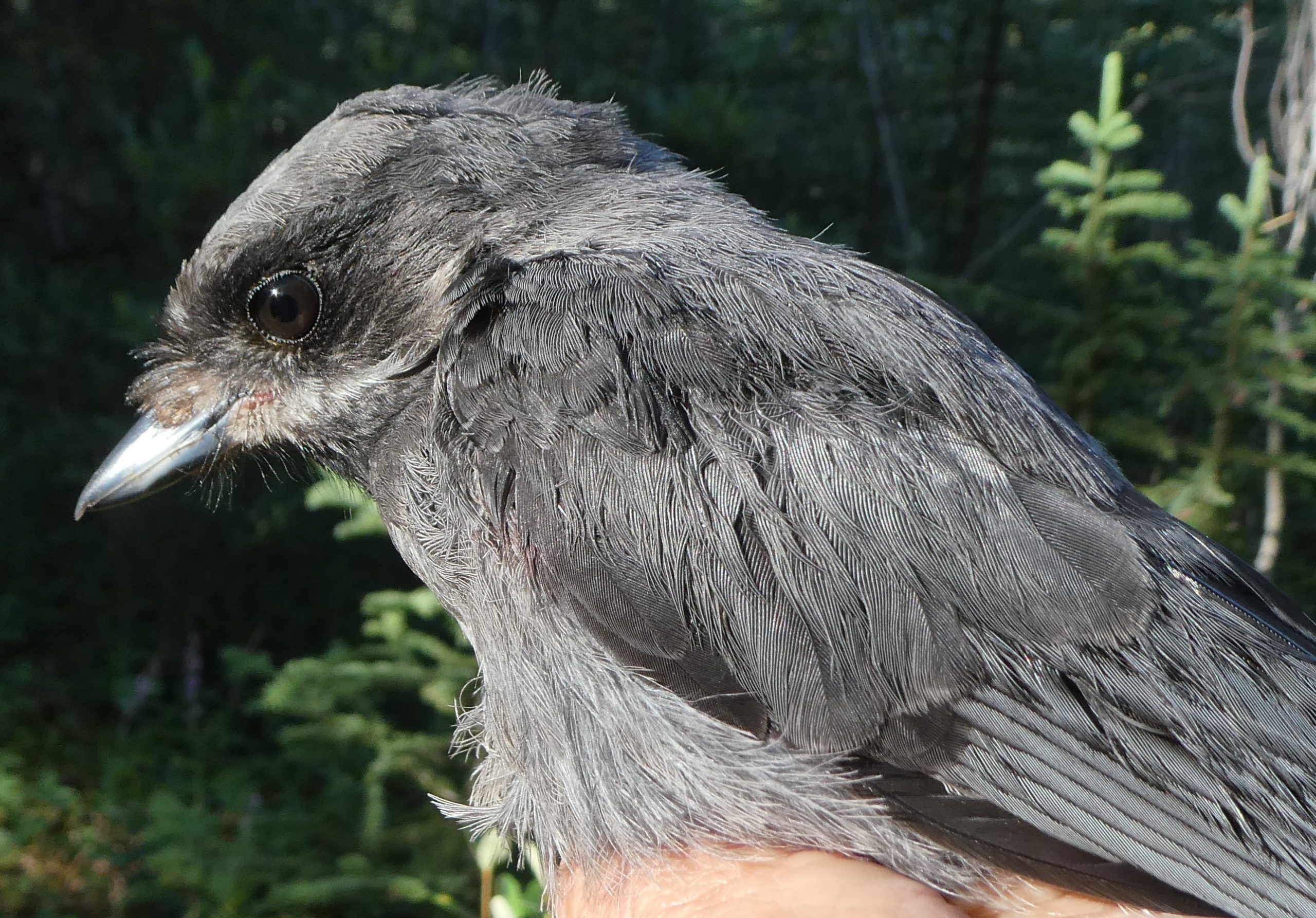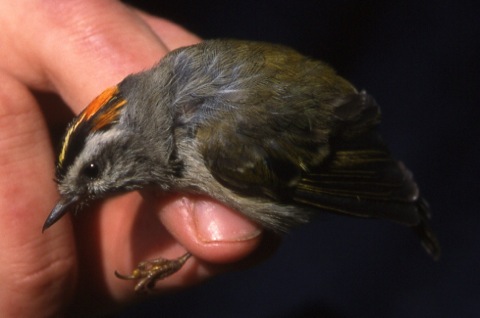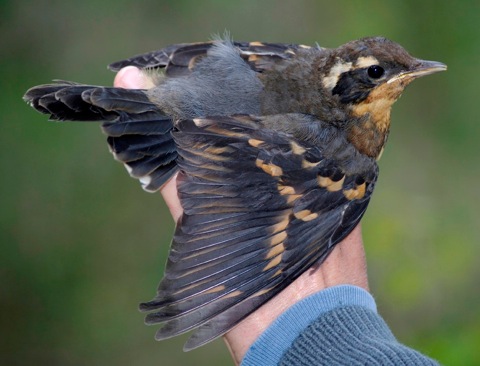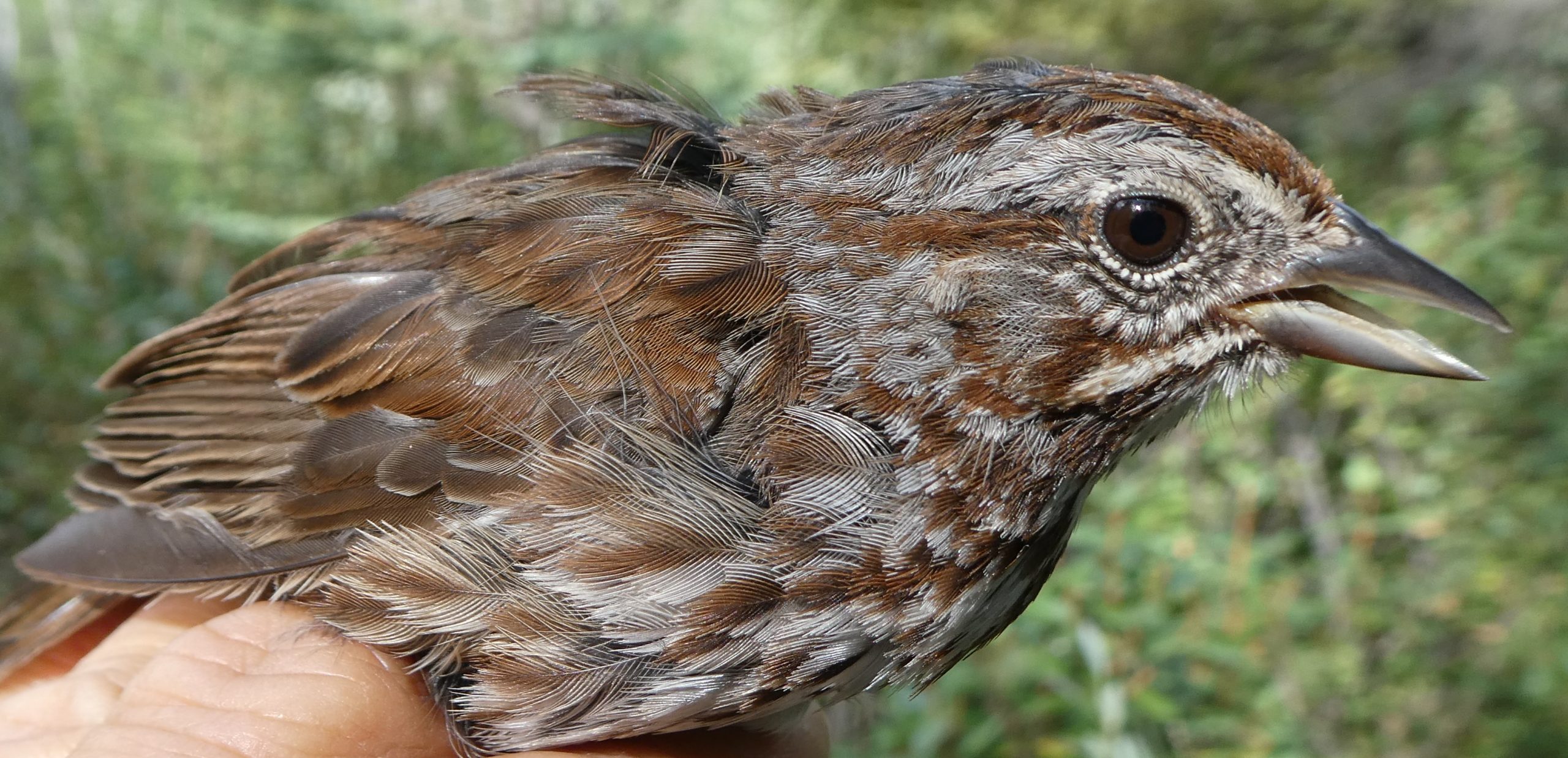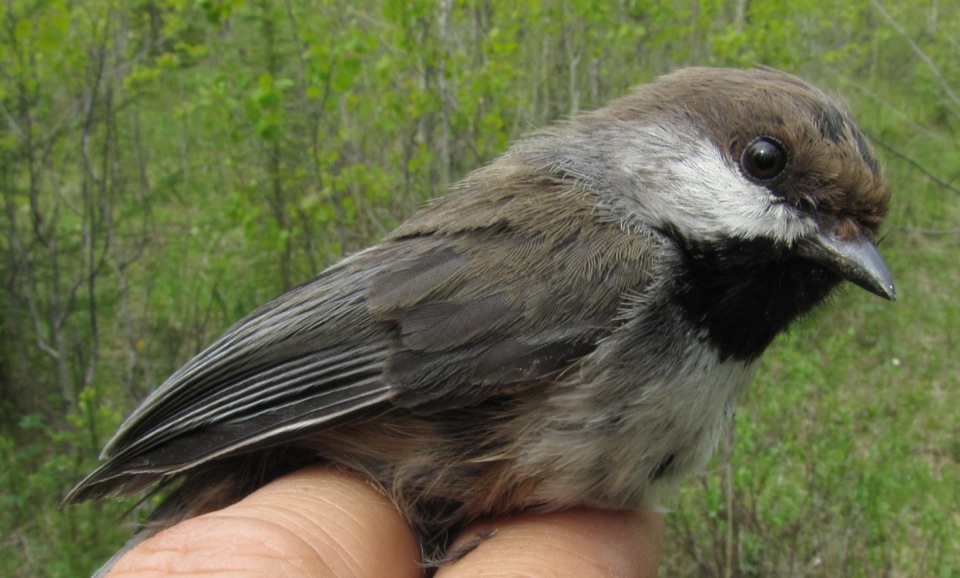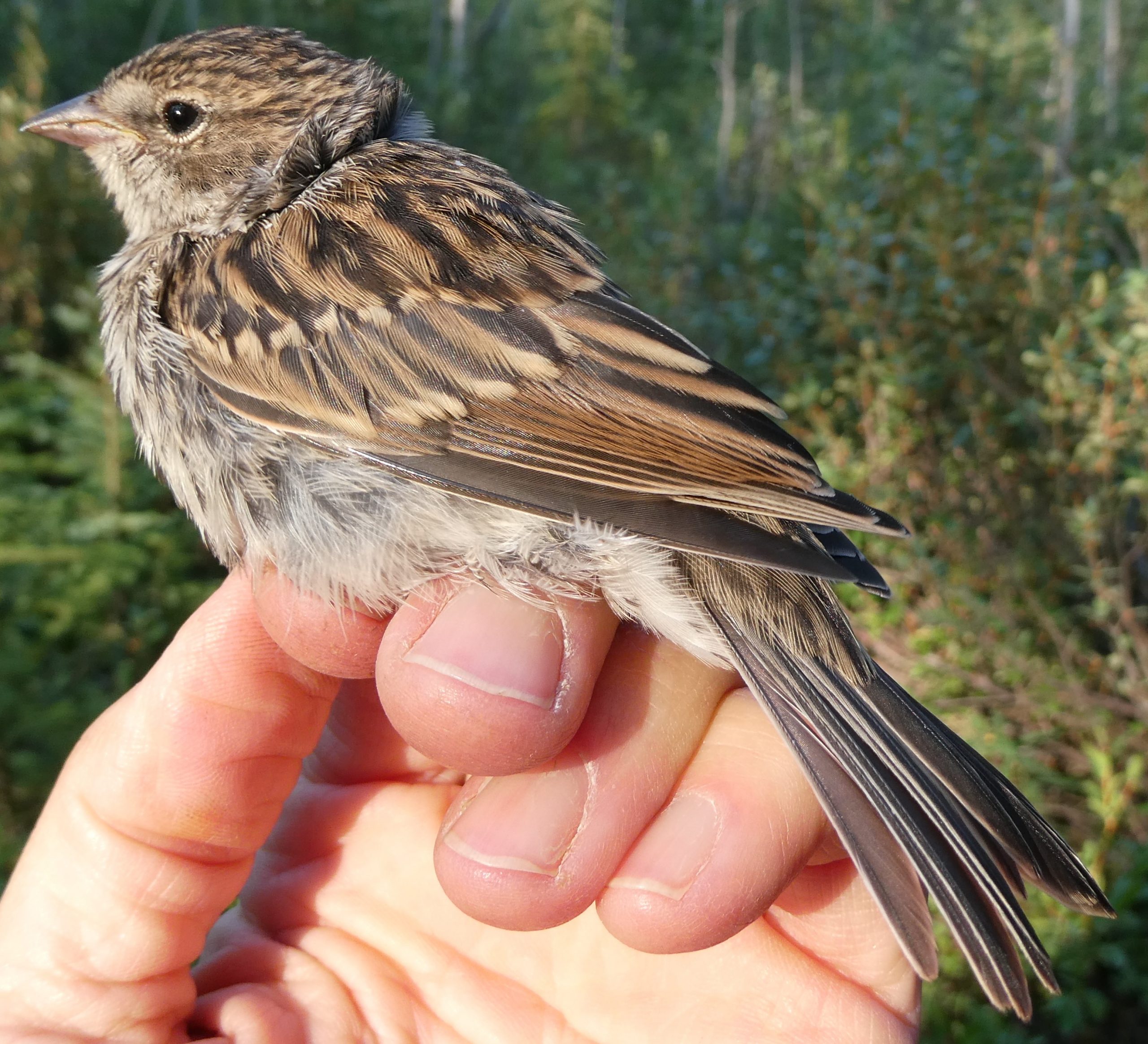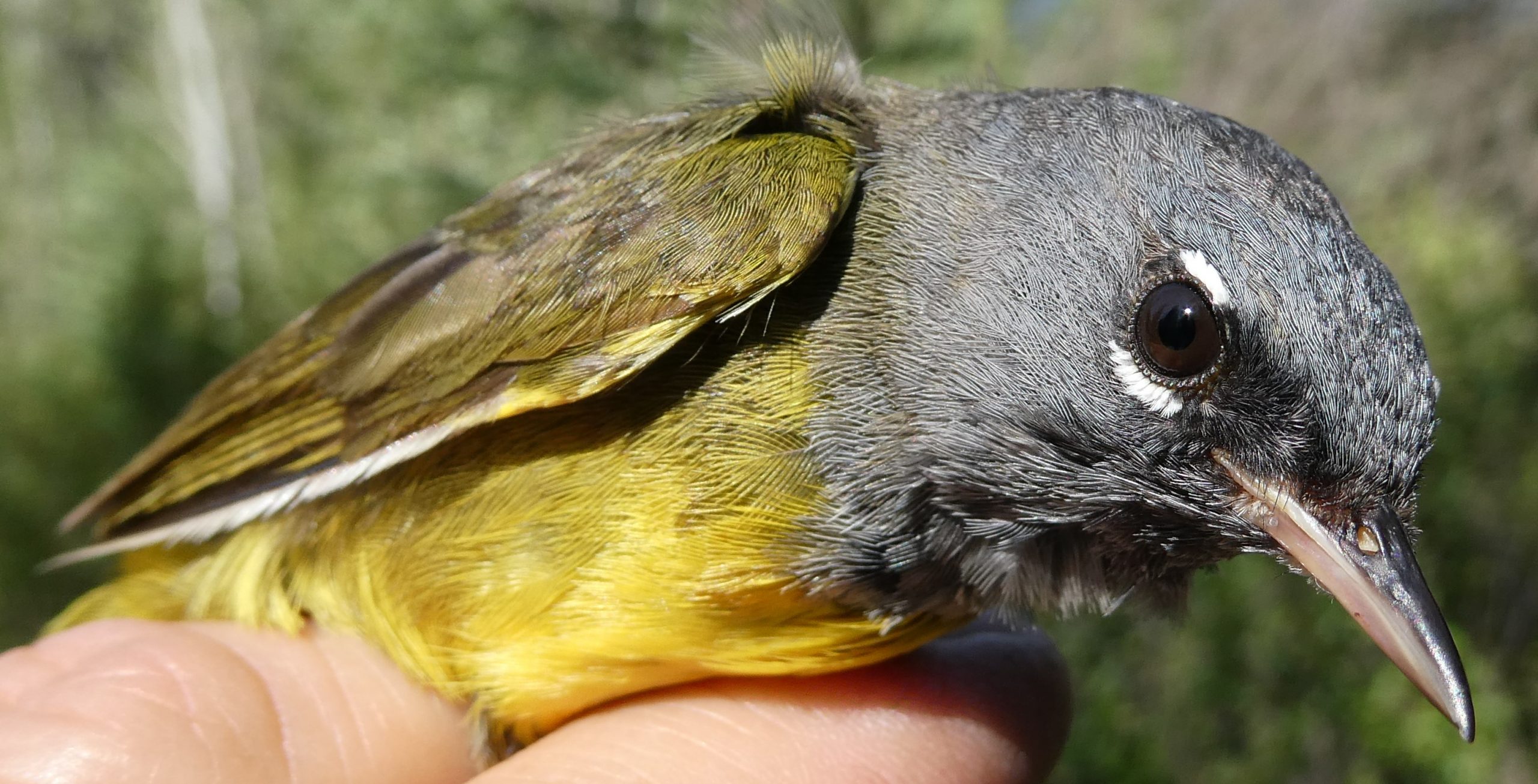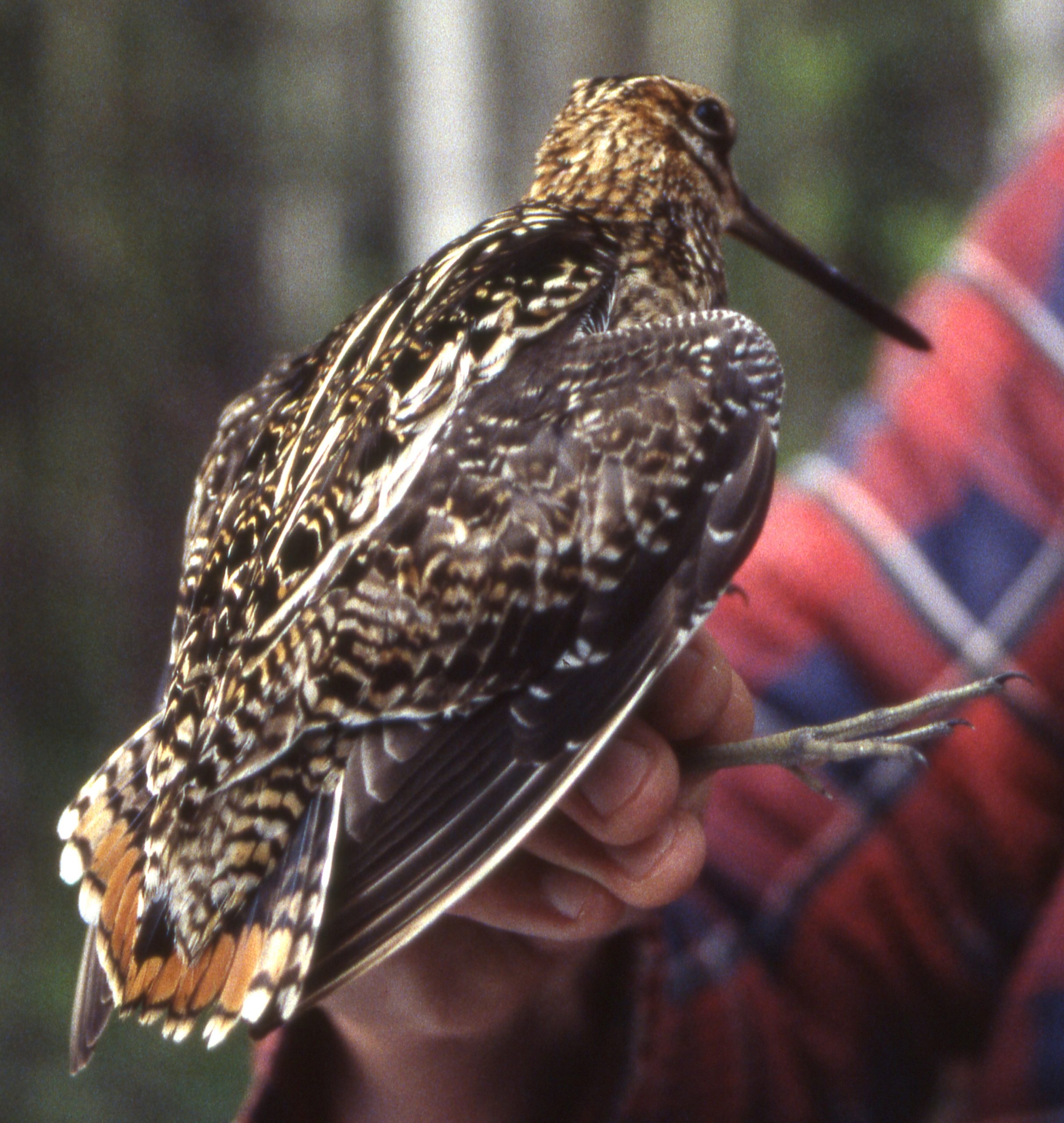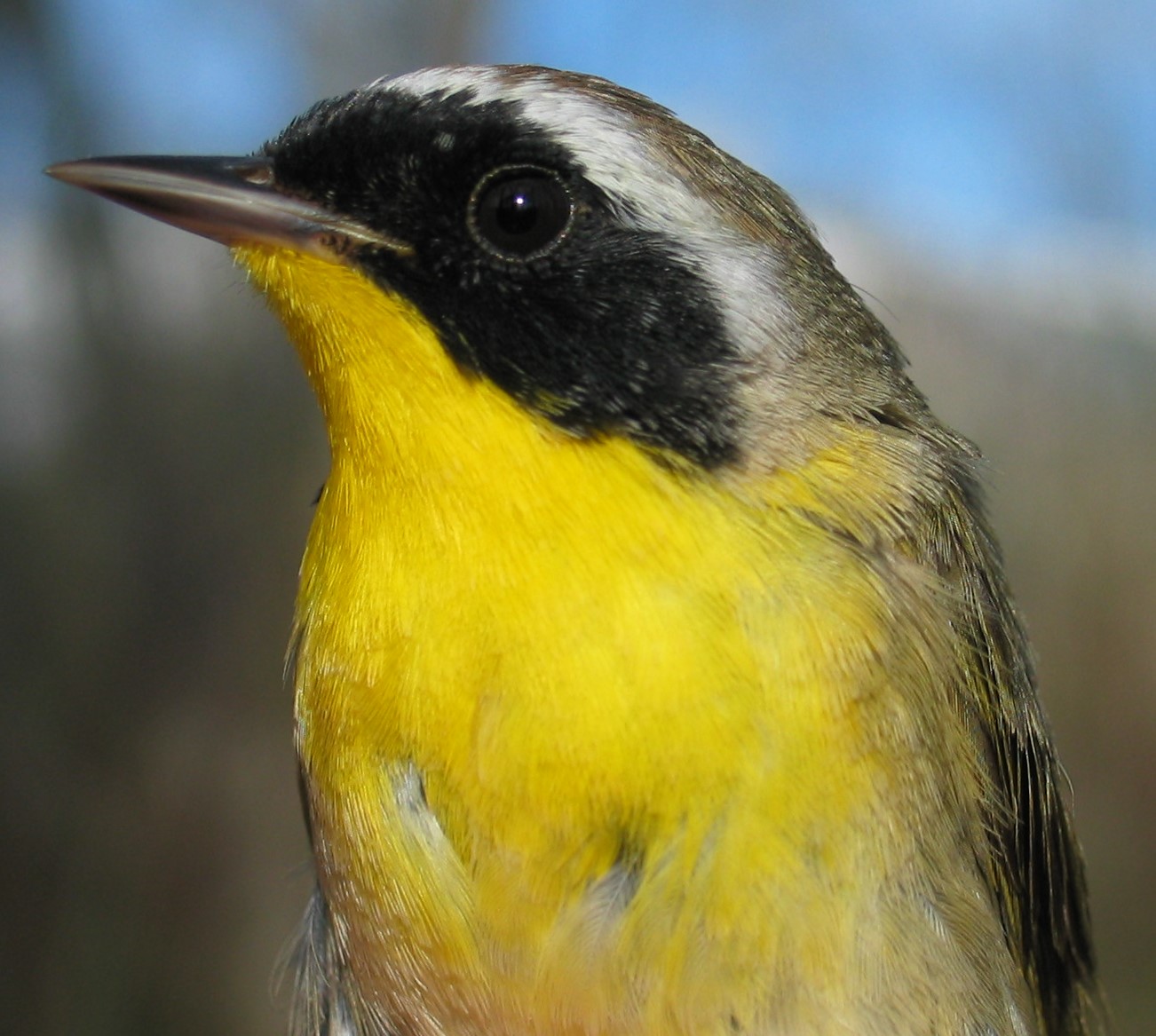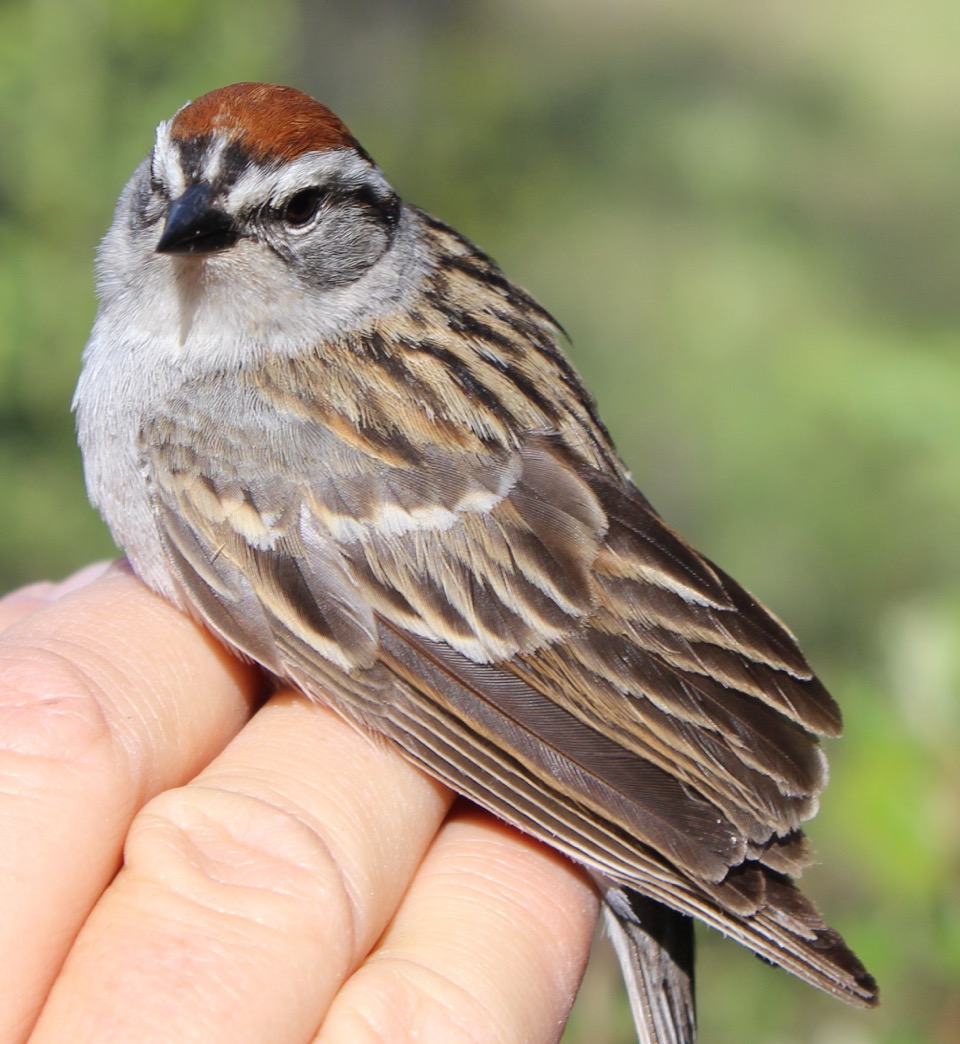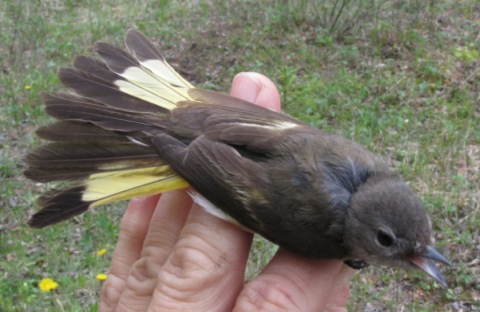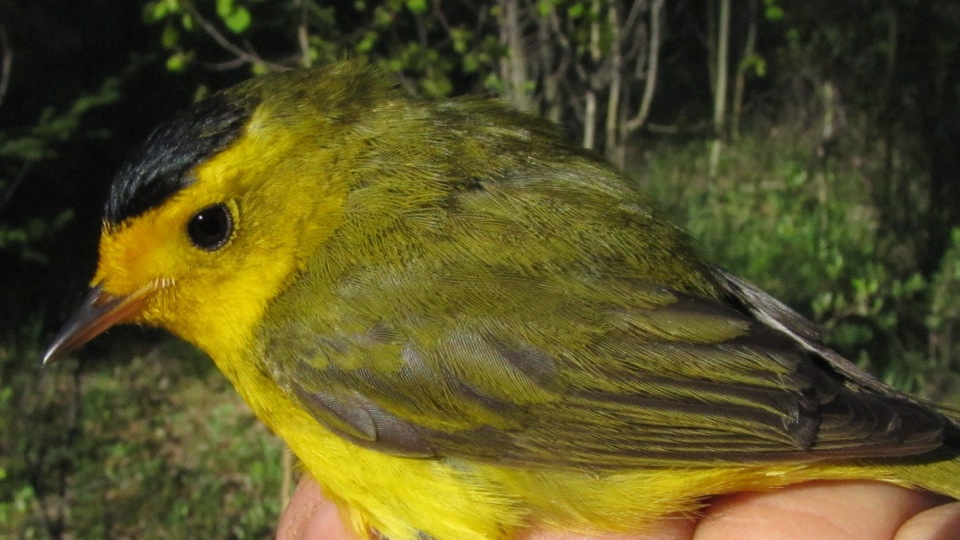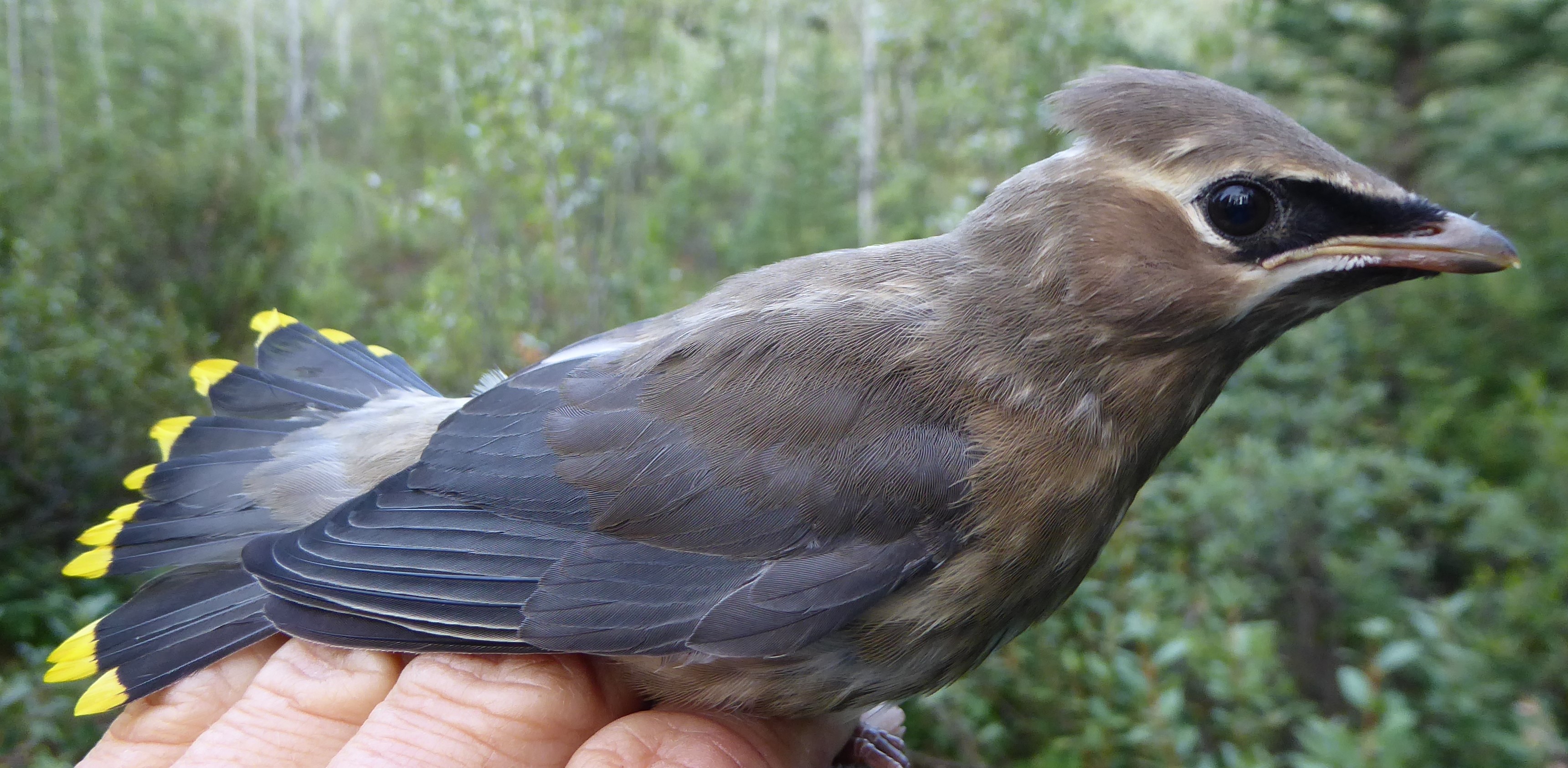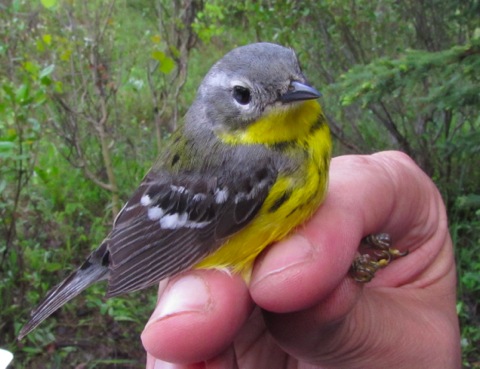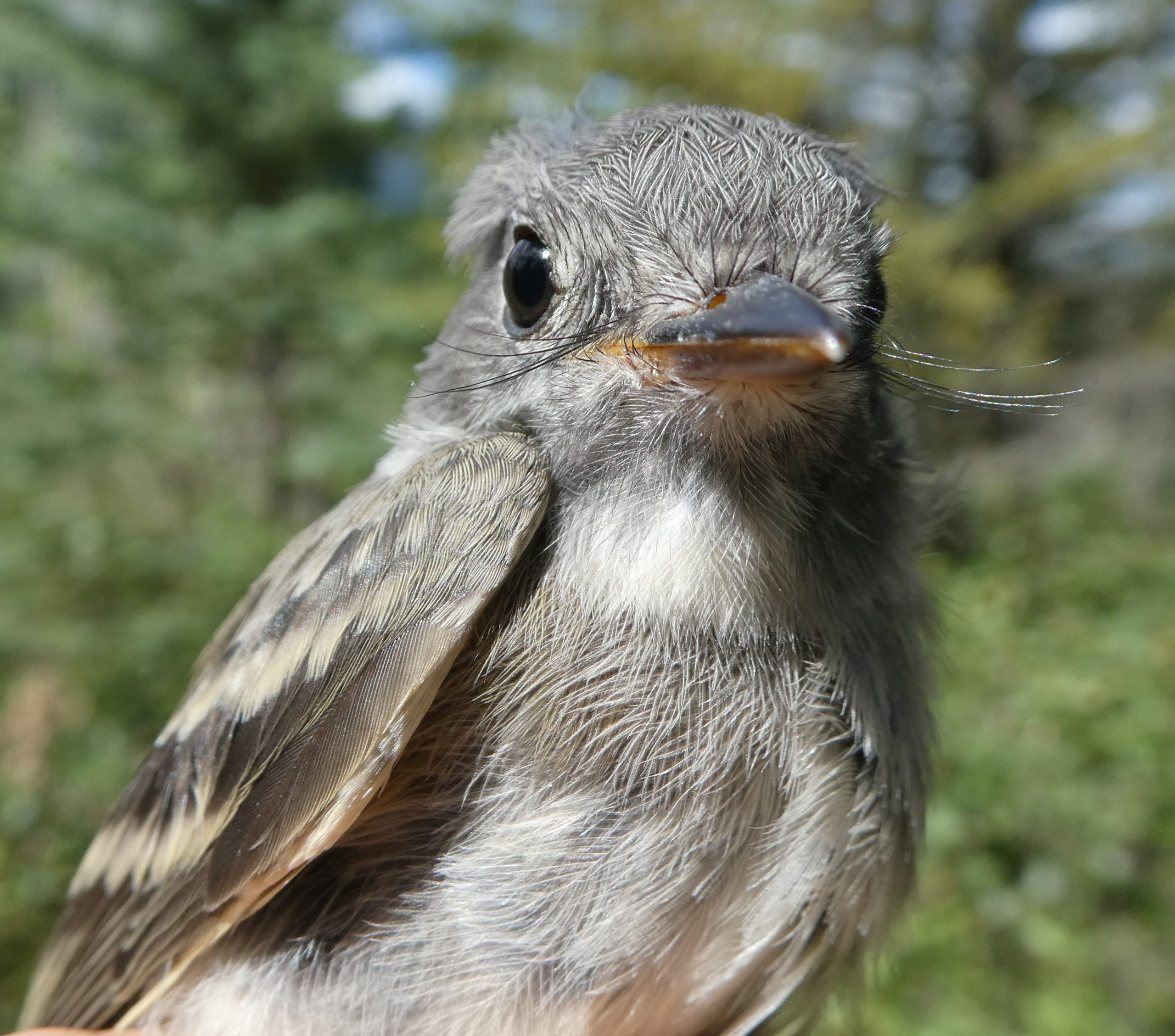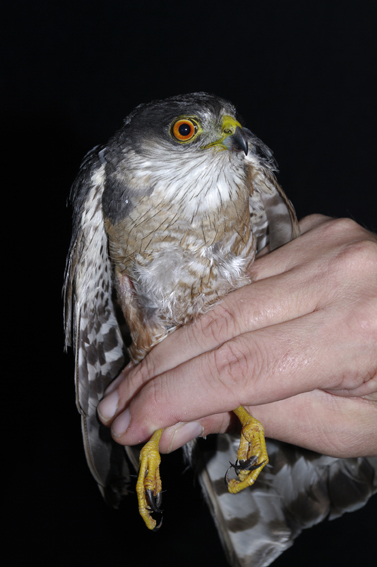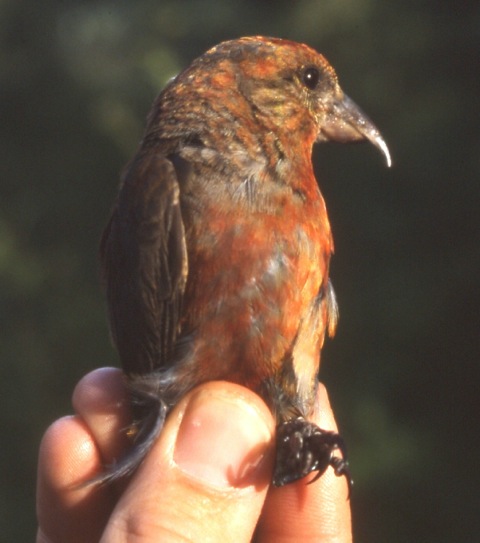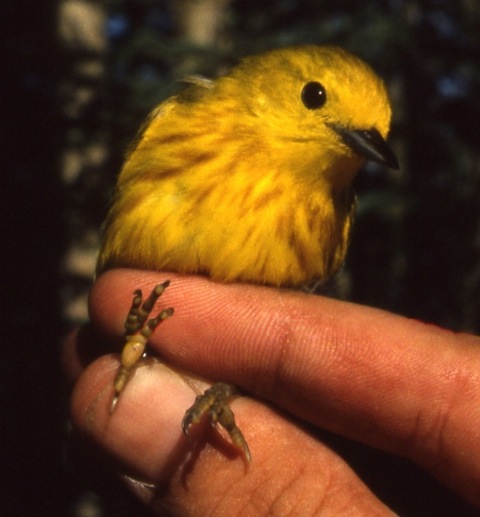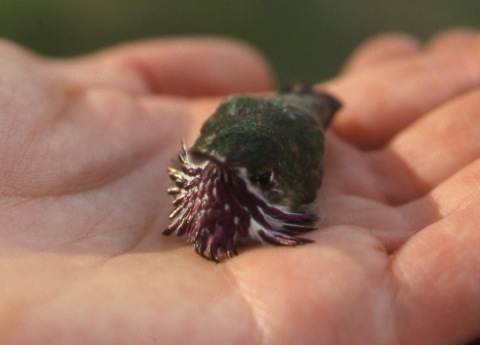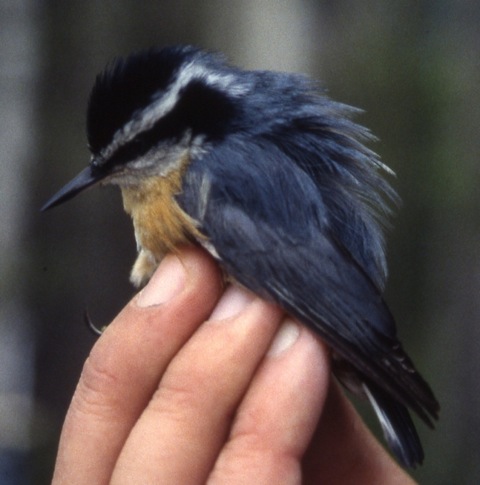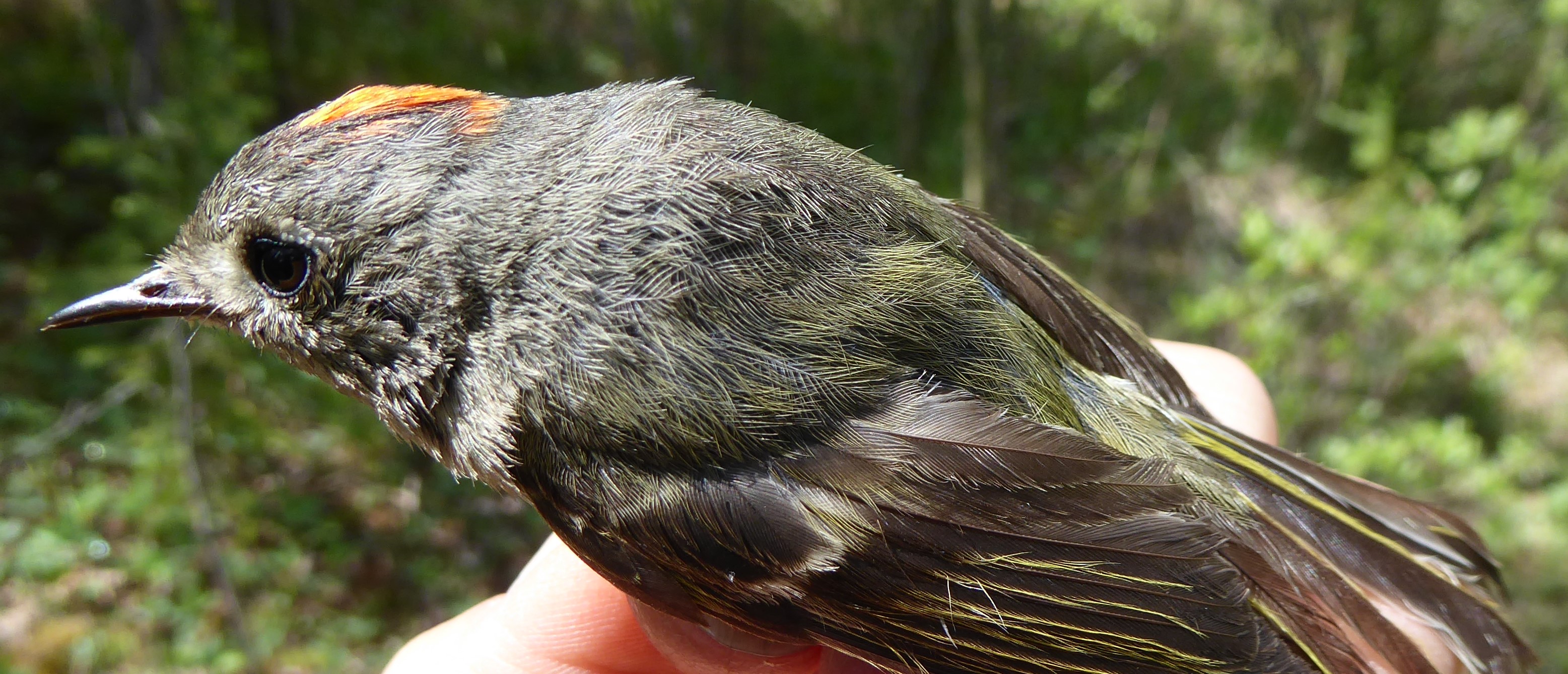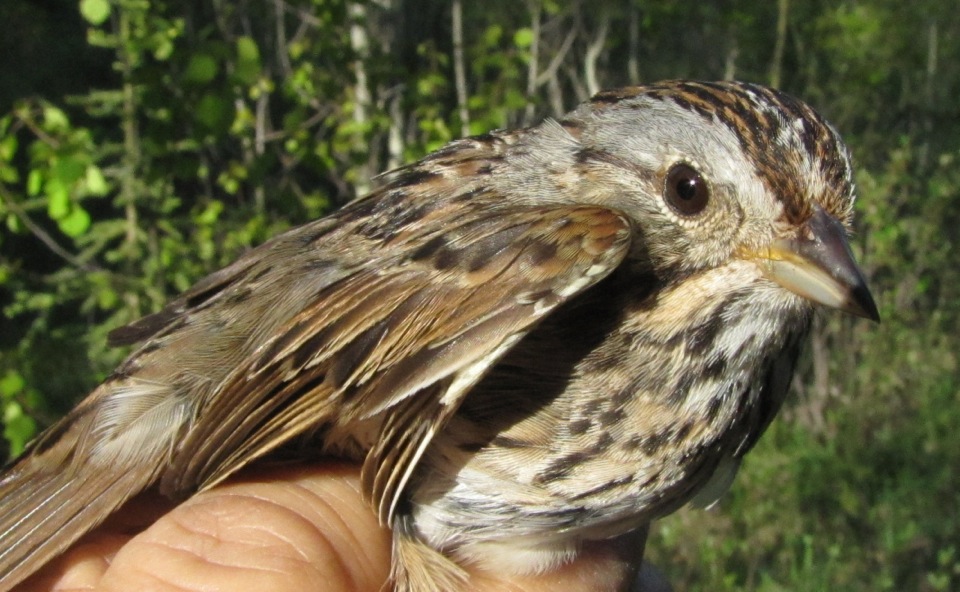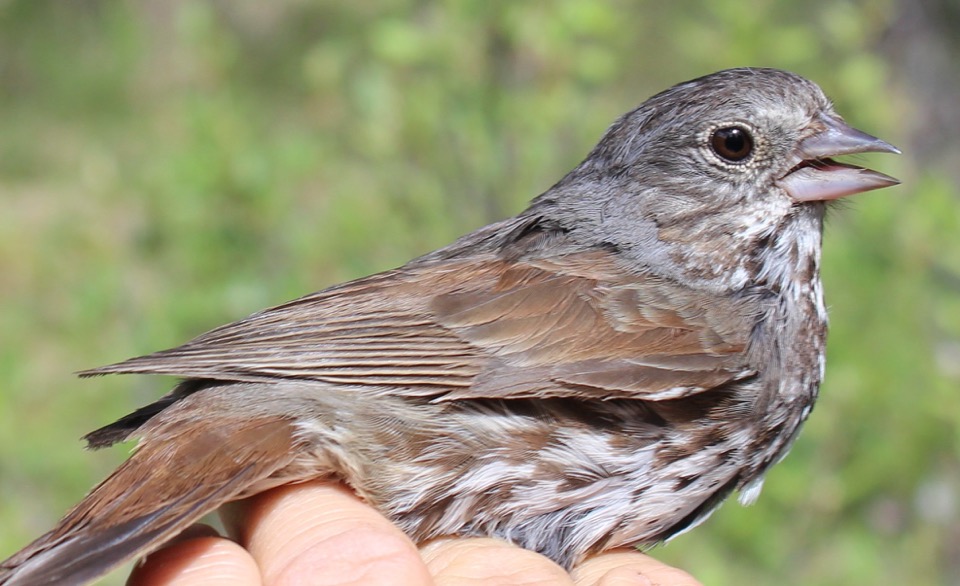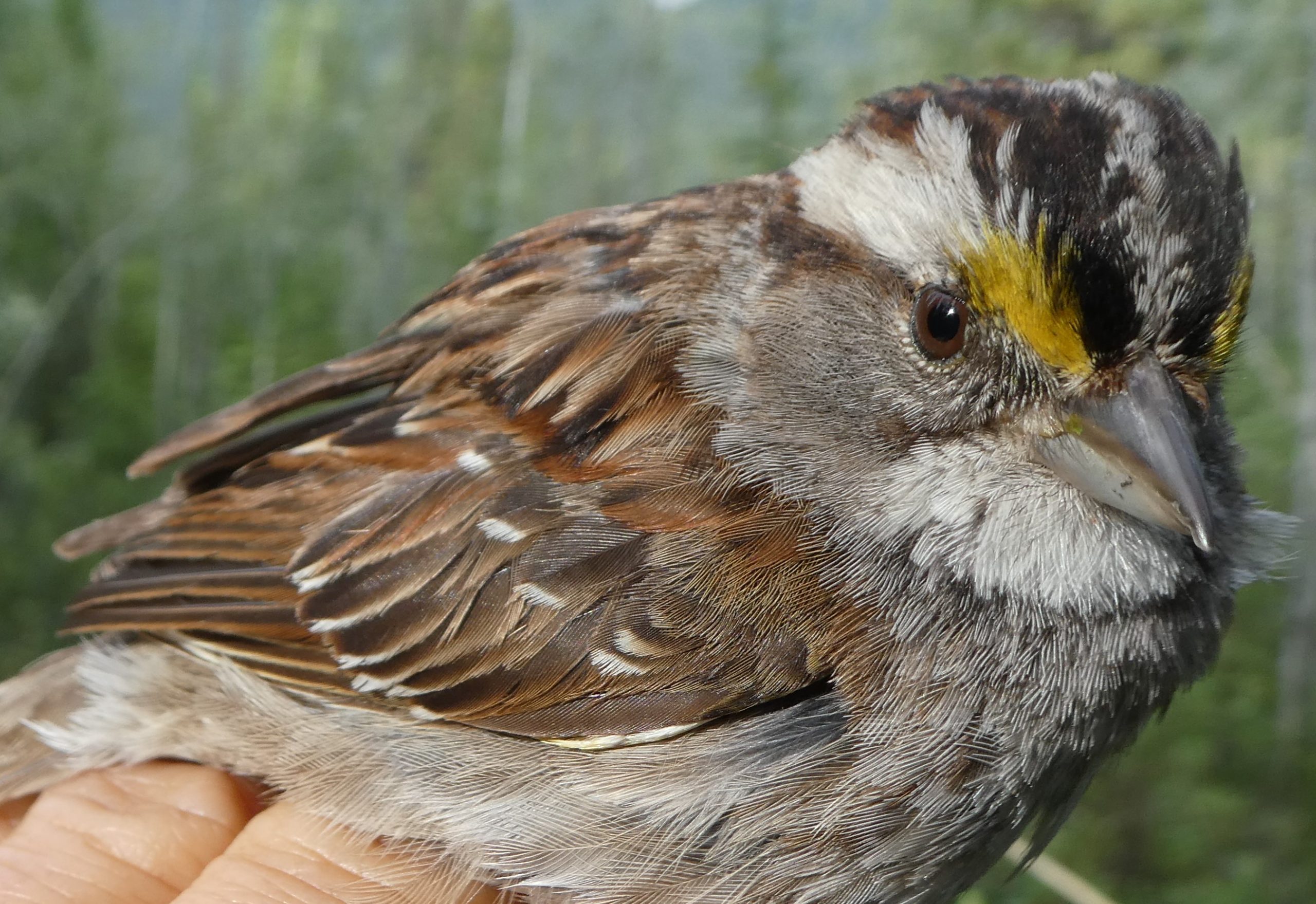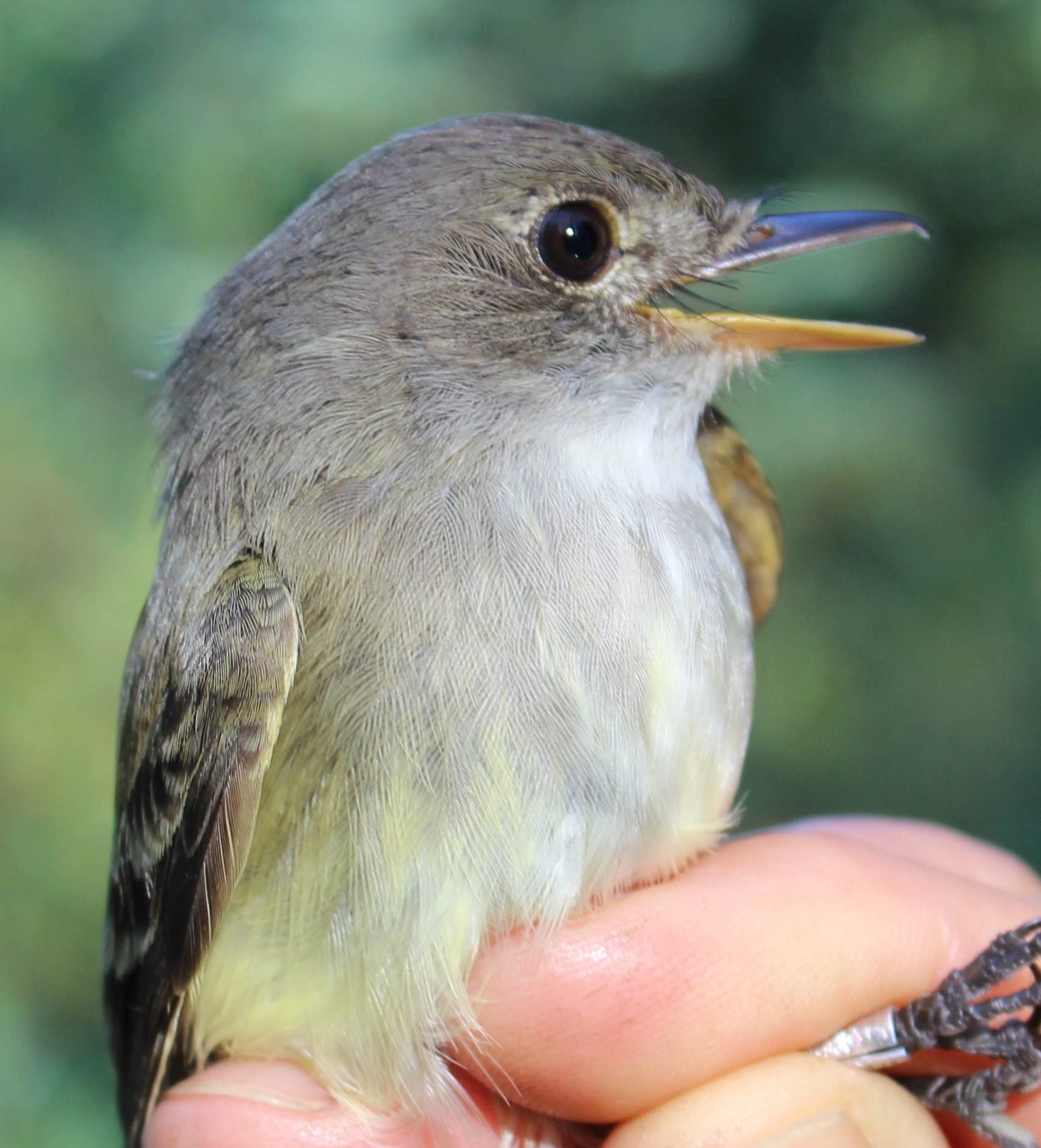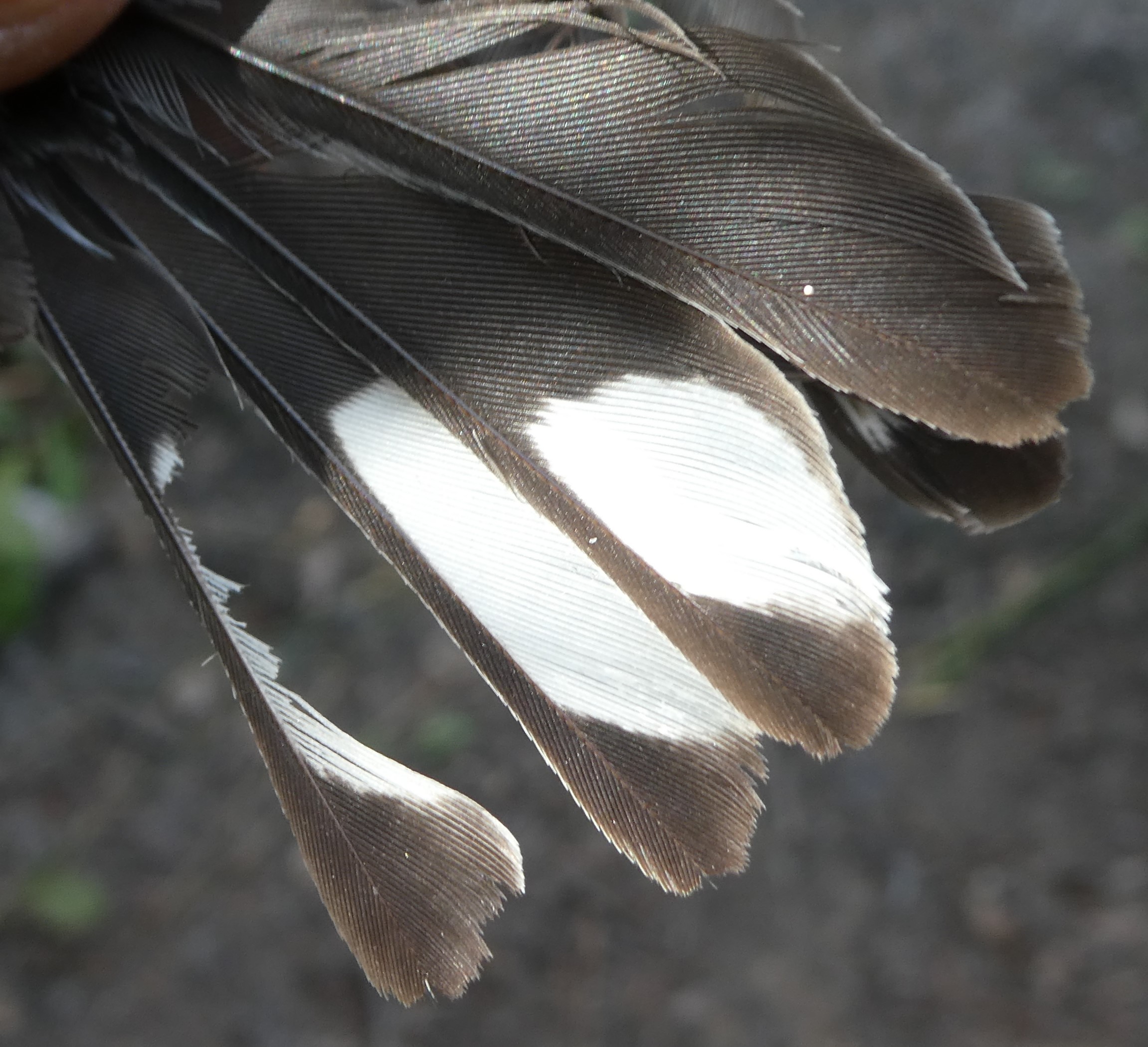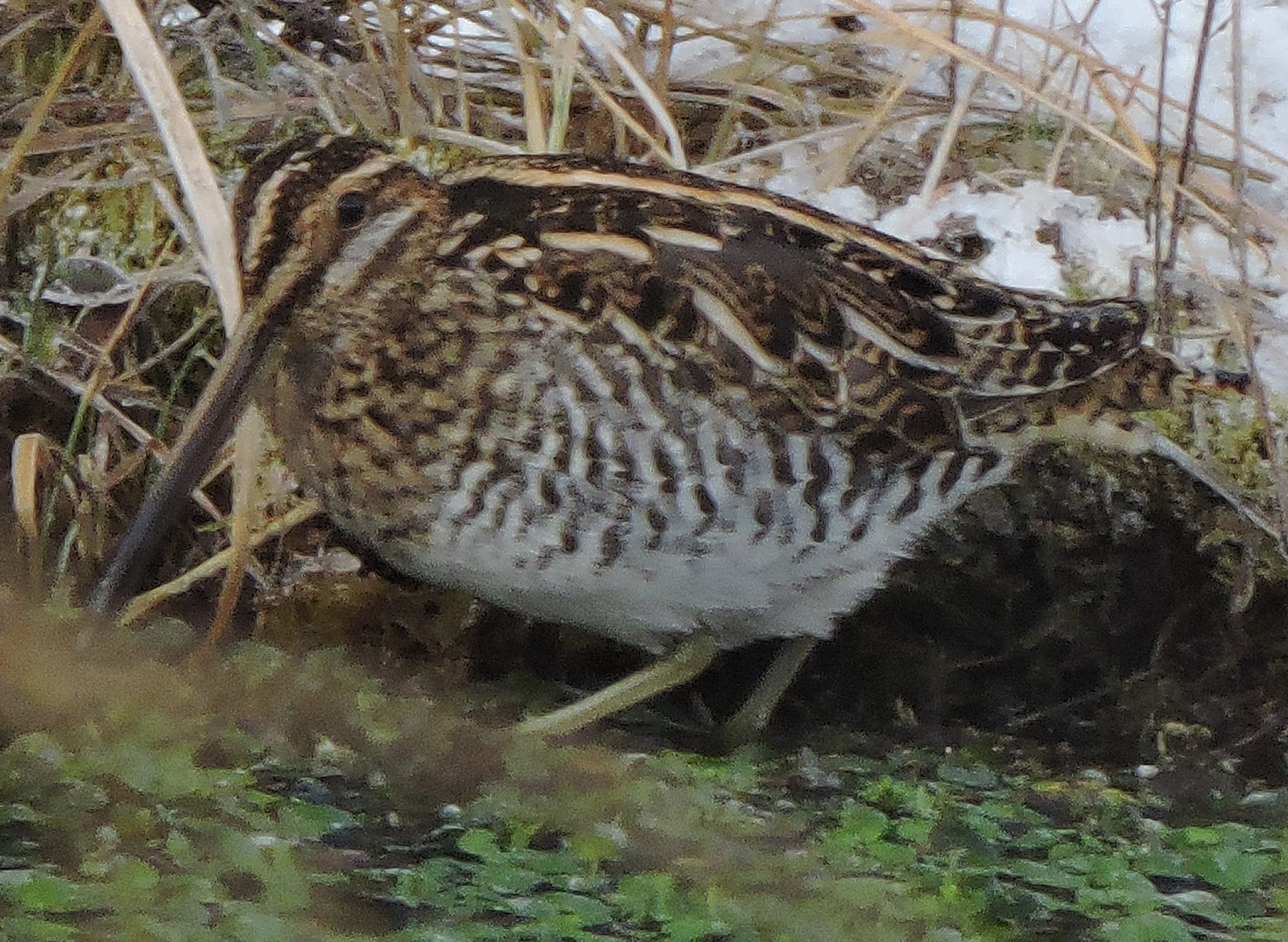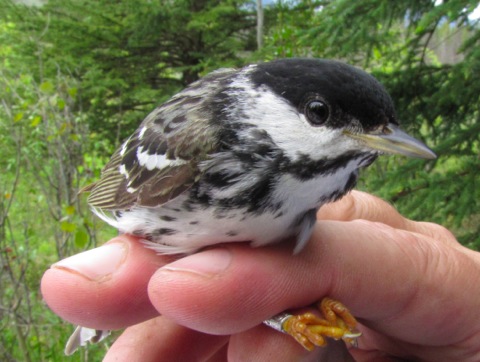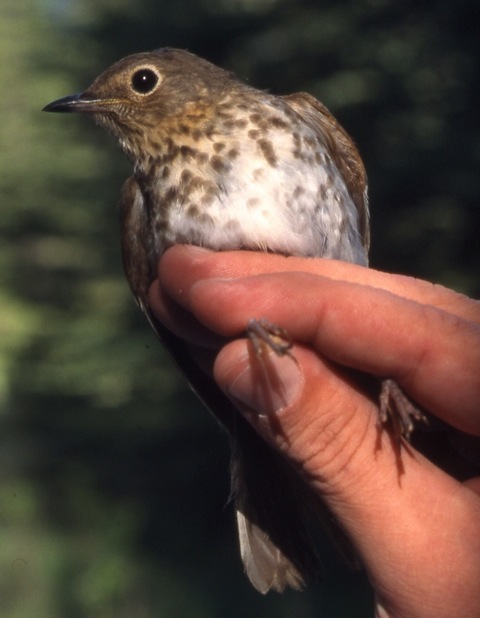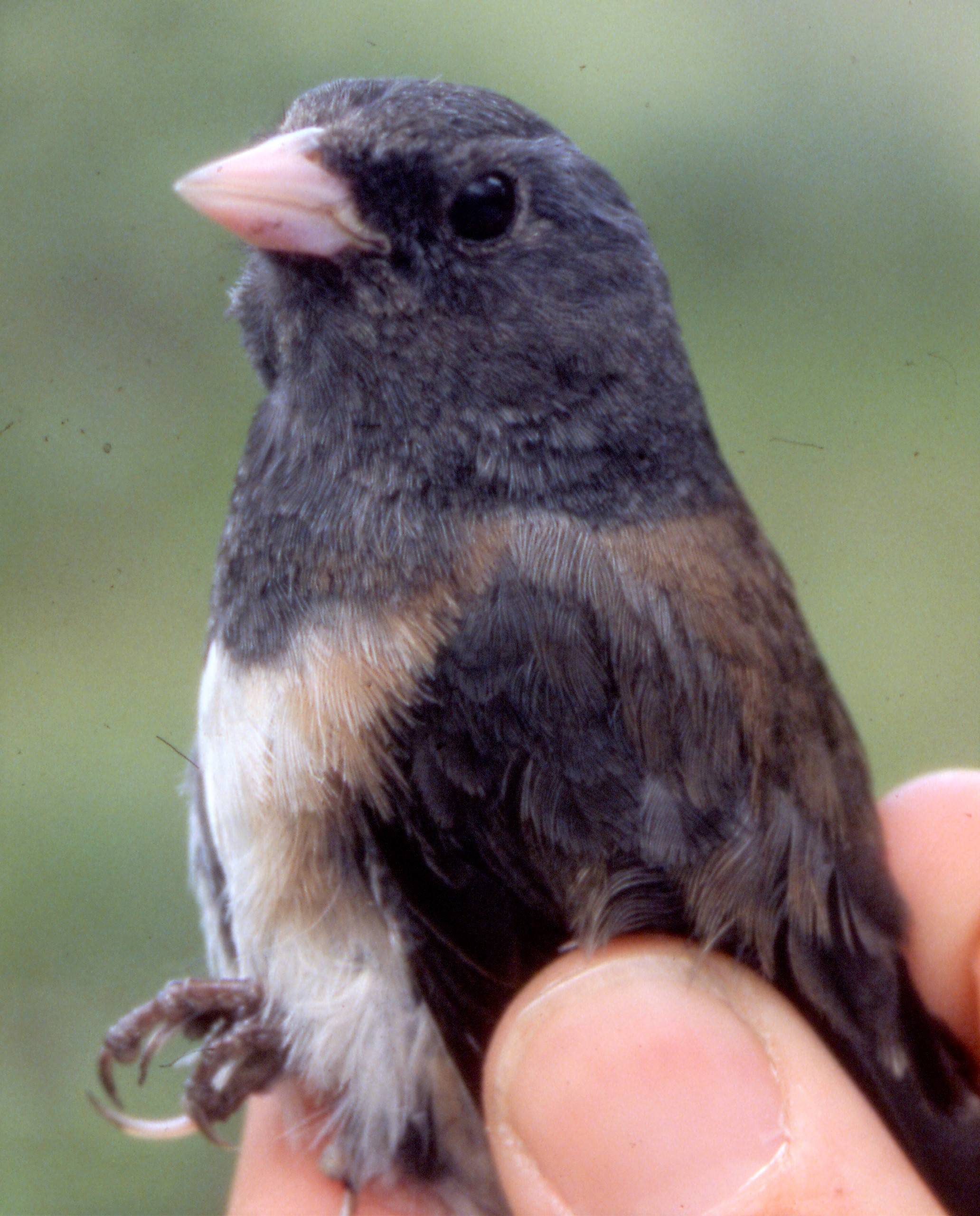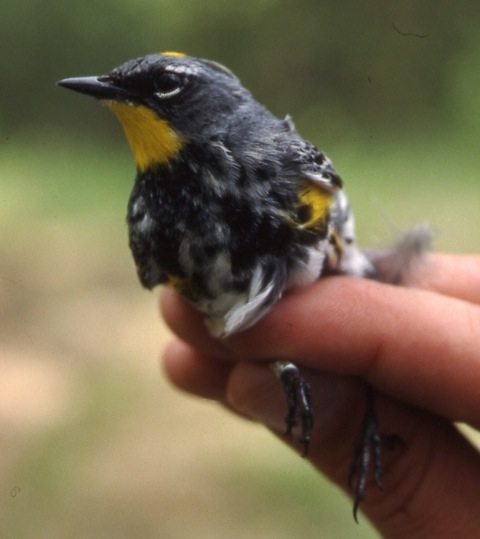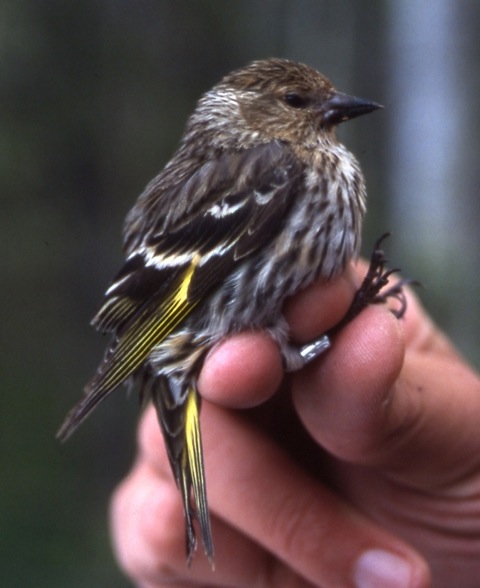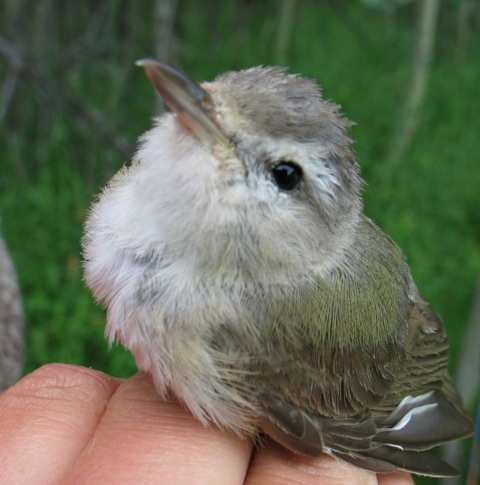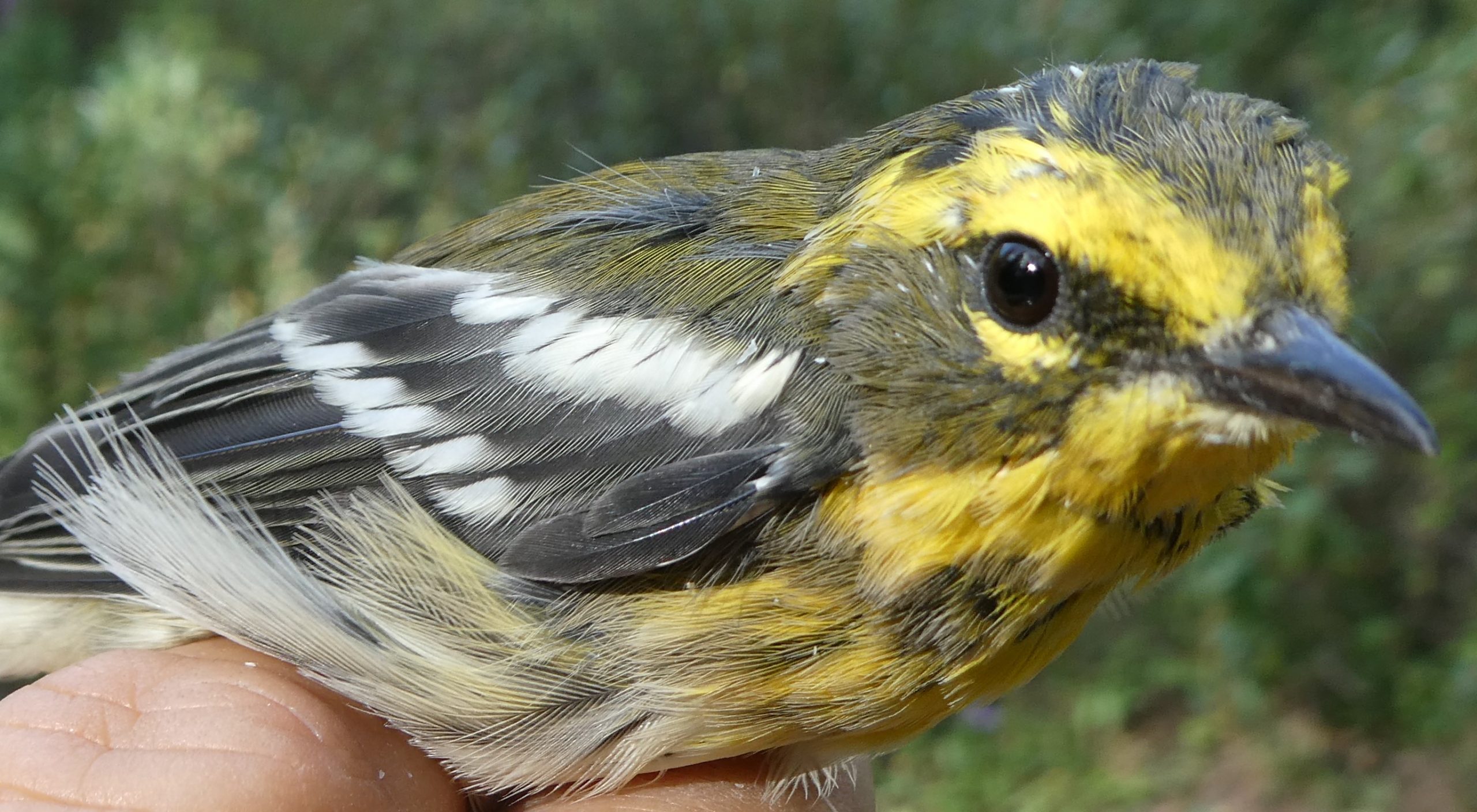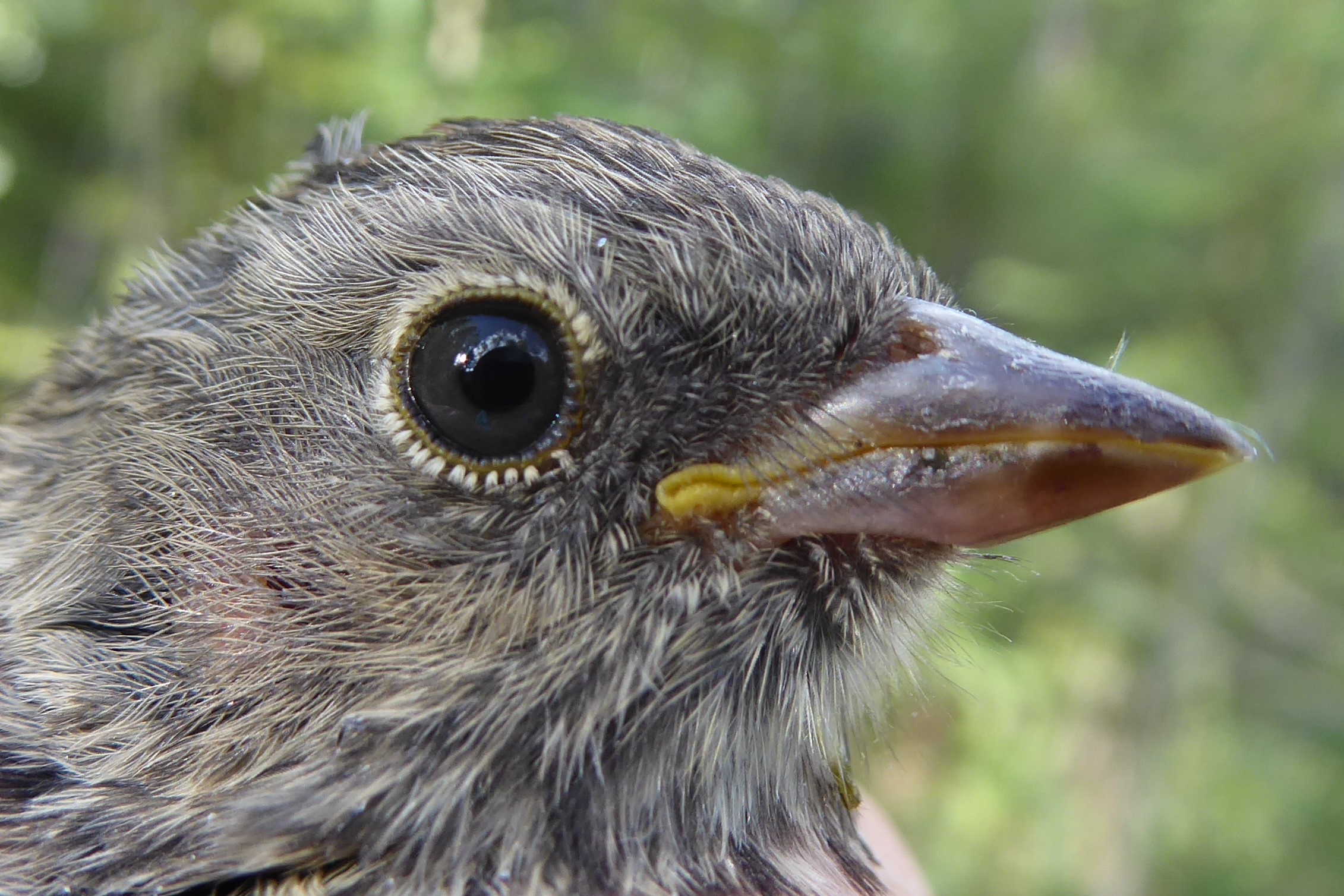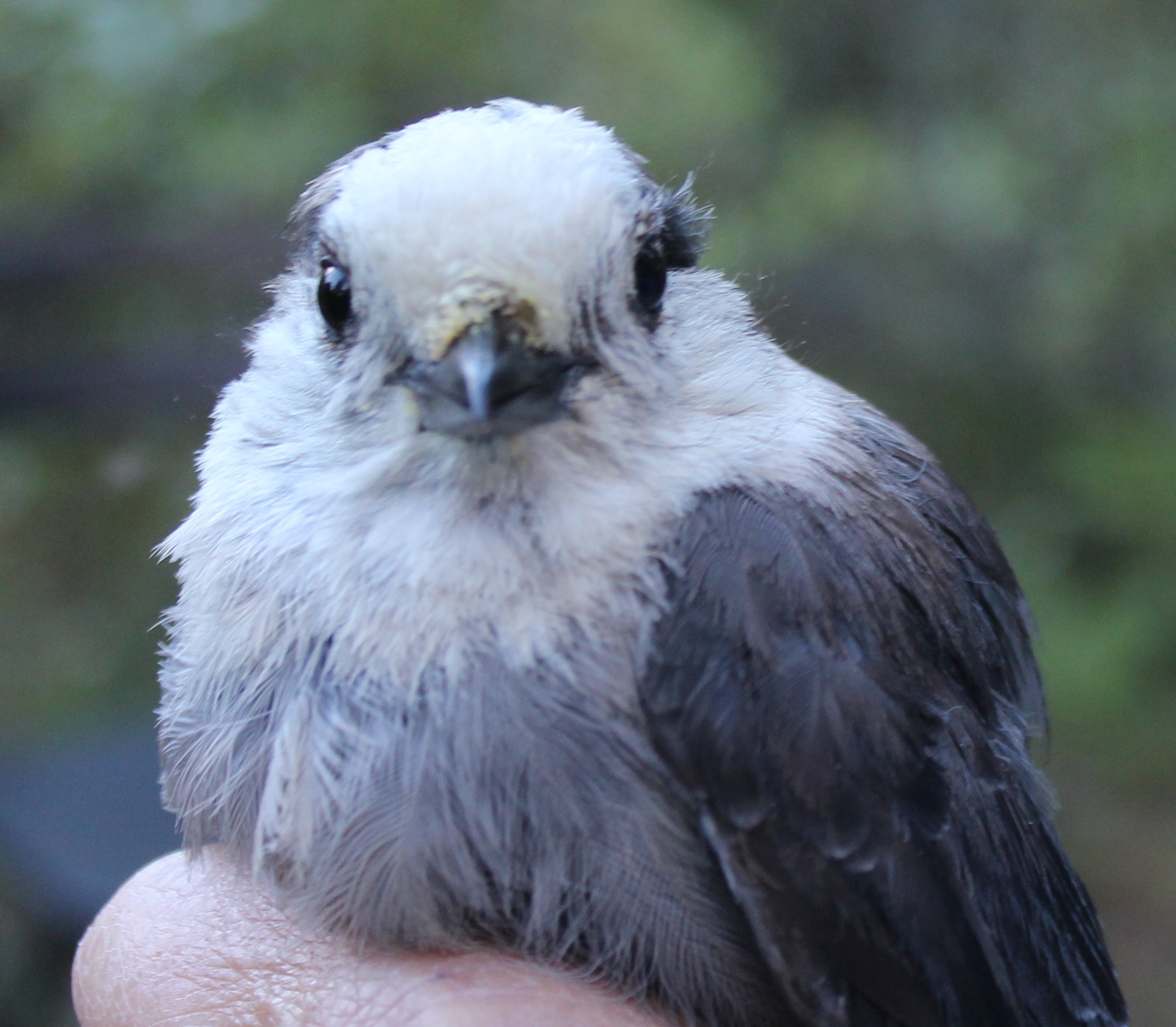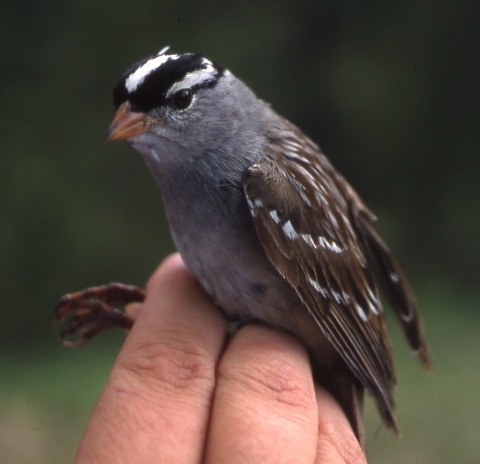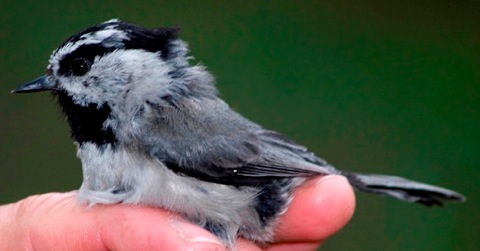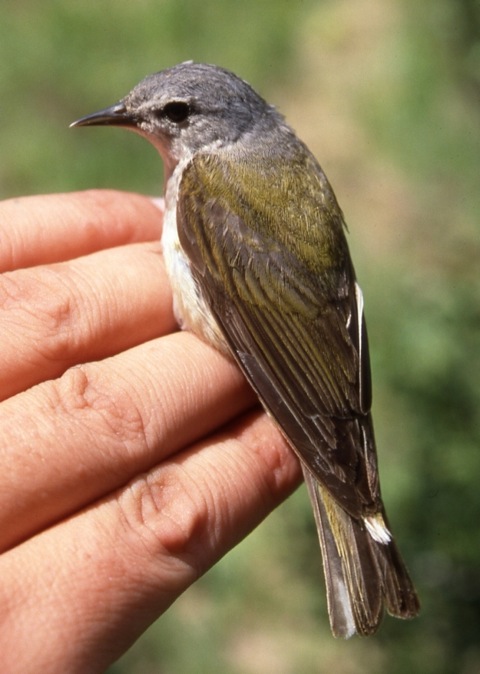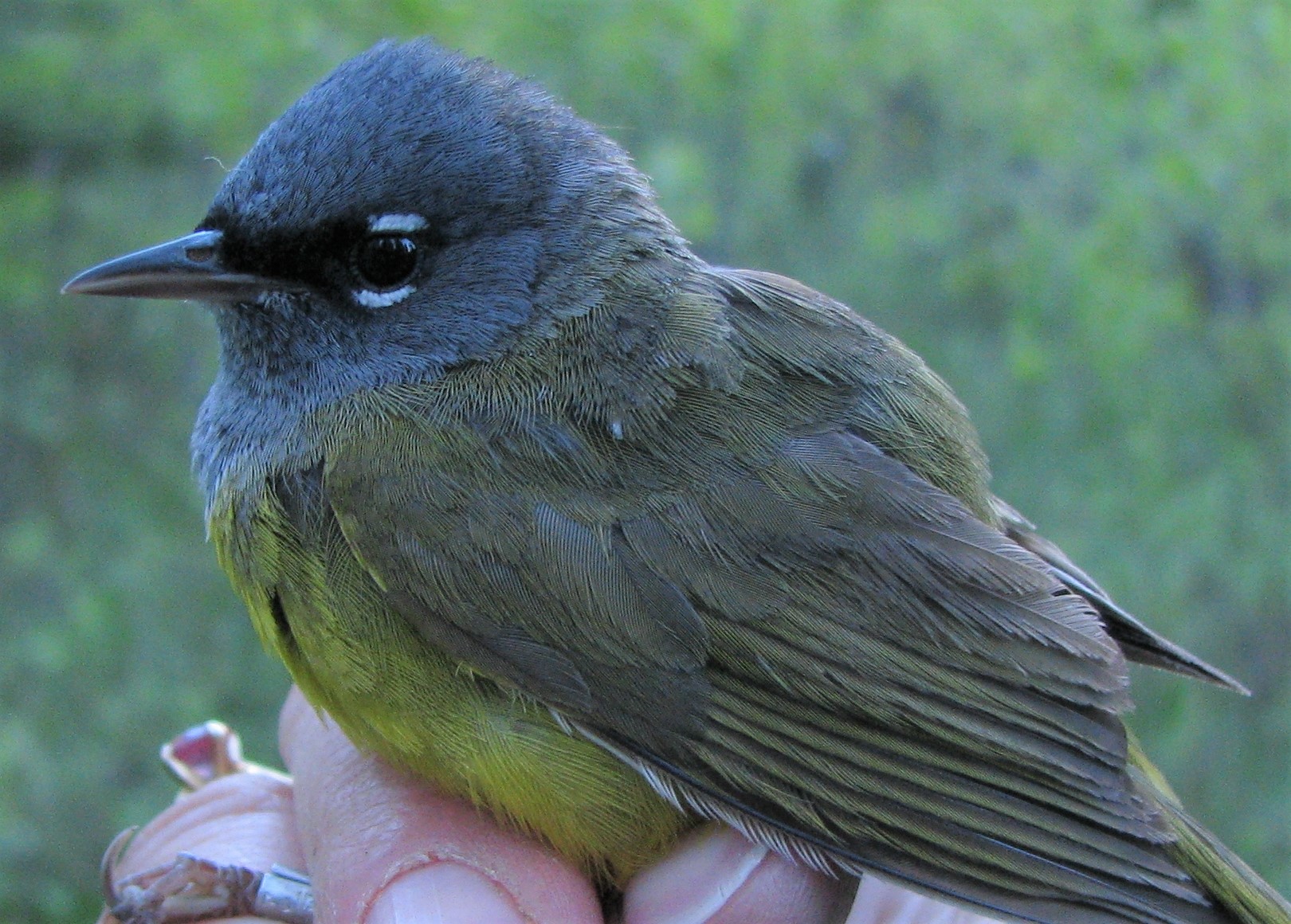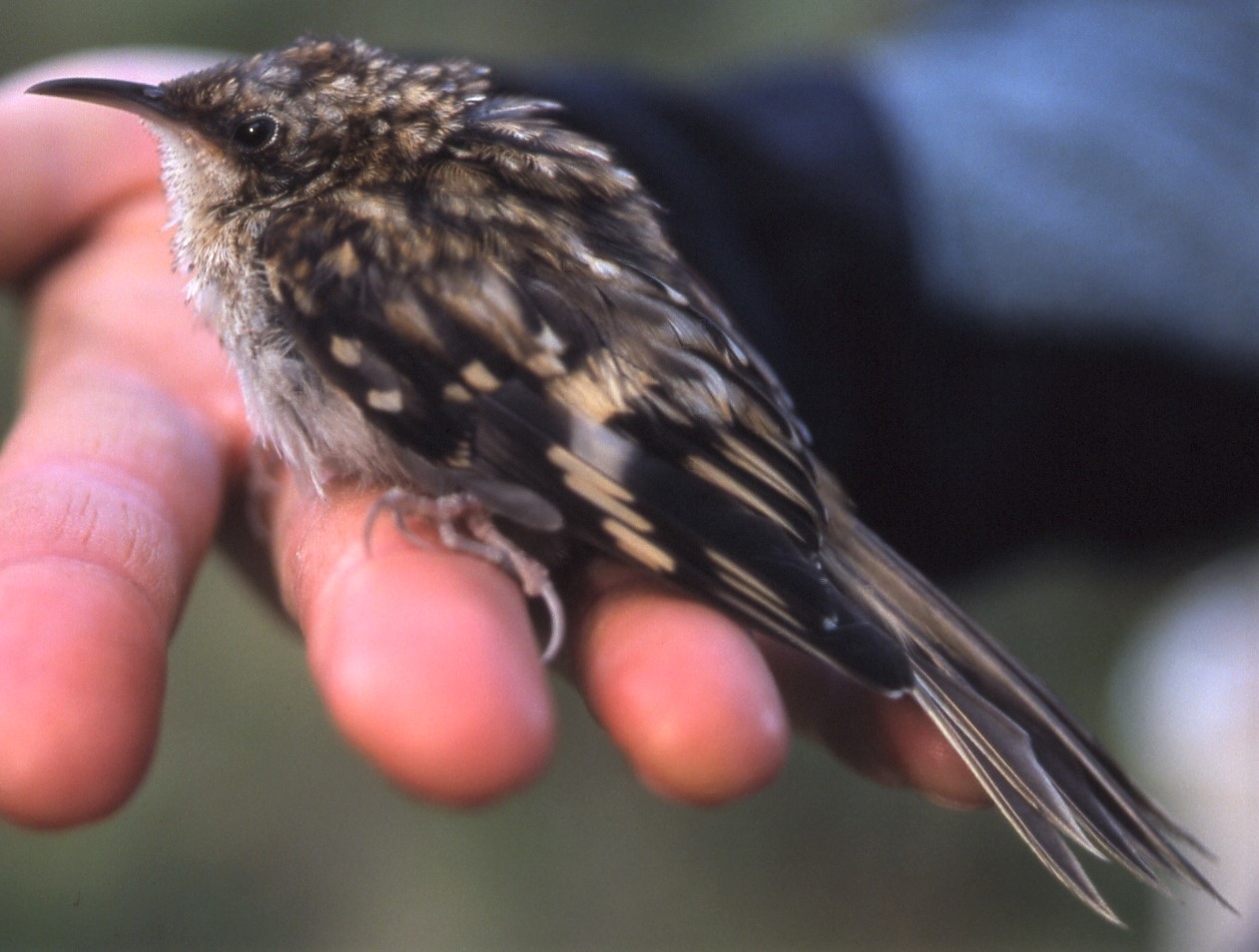MAPS: Monitoring Avian Productivity and Survivorship
MAPS is a citizen science project that operates through the generosity and commitment of individuals in the Bow Valley. To keep this project running, we are always looking for professional bird banders and volunteers. If you are interested, please contact us with information regarding your experience/interest.
Introduction.
Monitoring Avian Productivity and Survivorship (MAPS) is a citizen science program that provides long-term demographic data on land birds to help identify the causal factors driving their population trends. It was established in 1989 by The Institute for Bird Populations (IBP), based at Point Reyes Bird Observatory in California.
To put it briefly, MAPS is a continent-wide network of mist-netting stations to band and track land birds during the breeding season. The data we collect is combined with other avian monitoring programs such as the North American Breeding Bird Survey and Christmas Bird Counts. It is a cooperative effort among public agencies, private organizations and individual bird banders in North America.
The Bow Valley Naturalists has been involved with MAPS since 1999. In 2018, we reached our 20th continuous year of operation—the longest of any national park in Canada. MAPS operates out of Ranger Creek station in Banff National Park and has been made possible through the many volunteers and professional banders who have come out in the early morning hours to run the project as well as continued funding by Parks Canada. The Bow Valley Naturalists appreciate all the contributions made to MAPS to make this an enduring project.
The bird banding process.
On an annual basis, MAPS operates for a ten-day period between June 10th-August 8th to target resident breeding birds. Ten mist nets are operated in fixed locations for six hours each day, opening at sunrise. Each net is checked every 15-30 minutes and captured birds are removed—this is called a net run. An individual trained and licensed to band birds called the Bander-in-Charge goes on these outings assisted by three to five volunteers. Each bird is placed in a cotton bag, which is securely tied to prevent them from escaping. A clothespin is attached to the bag to indicate which net the bird came from.
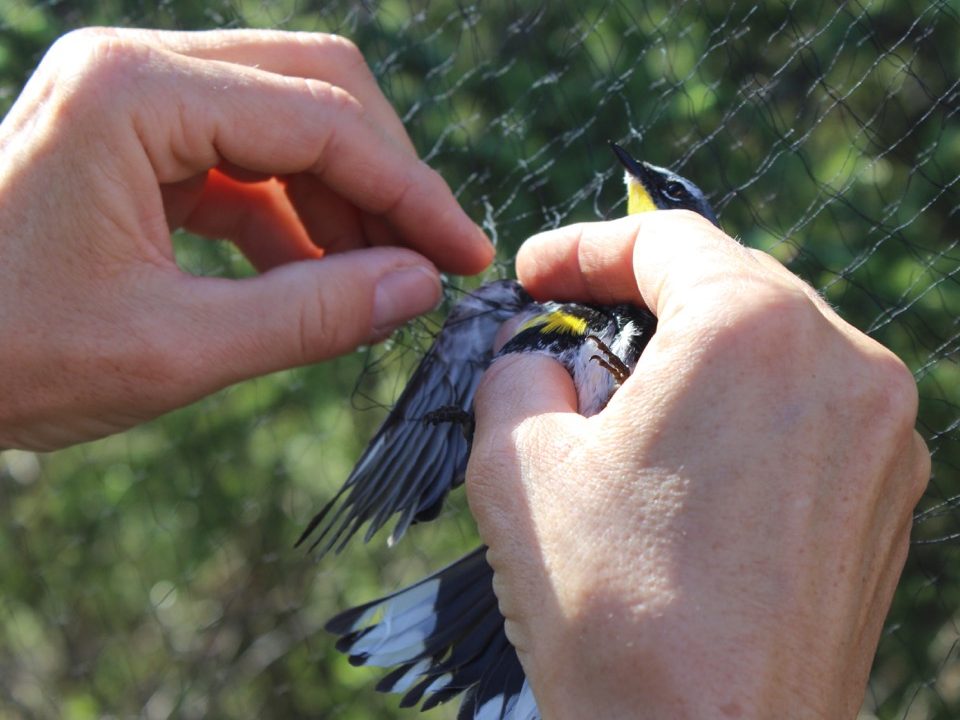
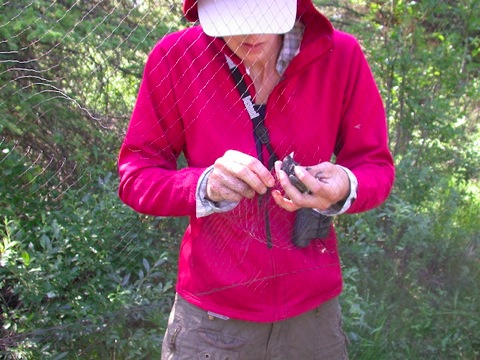
Birds are then taken back to a central banding site and processed in order of net run. The first step in processing a bird is to identify what species it is—if the bird cannot be identified, then it has to be released. In the spring, identification is usually fairly easy, but later in the summer, juveniles and moulting adults make this much more challenging!
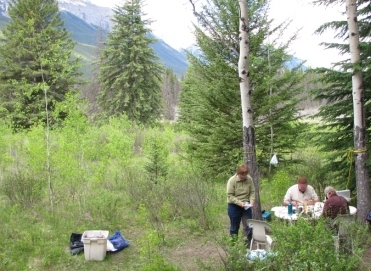
Once the bird is identified, the next step is to place an aluminum identification band on its leg. Bands are of different sizes for different species, but each has a unique number in North America.

The bird is then sexed: females have a brood patch (area of bare skin on the belly for incubating eggs), while males have a cloacal protuberance. The amount of fat that the bird has is assessed by exposing the skin at the base of the neck (the funicular hollow); parting the feathers by blowing on them. The yellow fat is visible beneath the skin. Body and wing feather moult condition is recorded, as well as flight feather wear.

The most challenging part of the process is assigning an age to the bird. This can be done since each bird undergoes feather moult on a regular pattern—with juvenile feathers looking different than adult feathers—enabling banders to determine the age. A bird that was hatched in the summer is called a hatch-year (HY) until December 31st, and on January 1st it becomes a second-year (SY) bird. The next January 1st, it becomes a third-year (TY) bird, and so on. If you know that the bird is not a HY, but you aren’t sure how old it is, then it is aged as an after-hatch-year (AHY). If you know that it is also not SY, then it is aged as an after-second-year (ASY). Some woodpeckers can be aged into their fourth year.
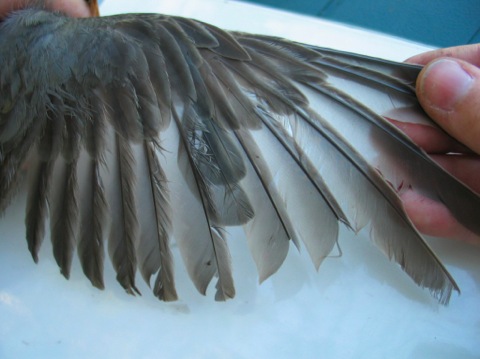

Colour of non-feathered body parts (e.g., eyes) and measurements such as wing length and culmen (beak from nostrils to tip), are also diagnostic for some species. Banders use manuals and books written specifically for this purpose and are constantly refining their skills. The final step is to weigh the bird and release it.
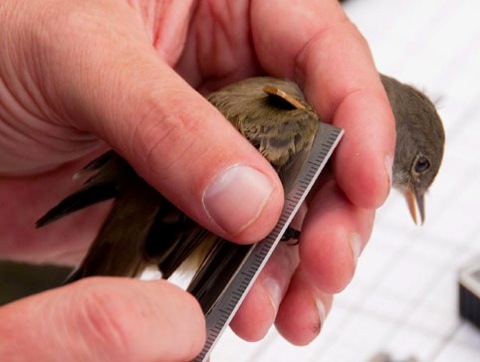
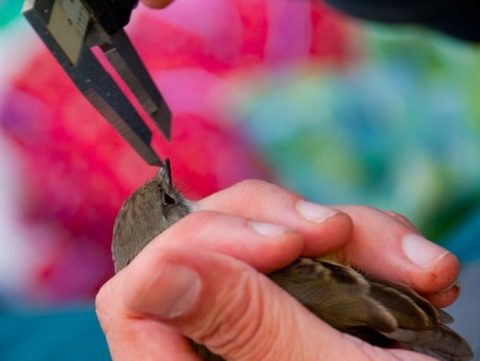
MAPS reports
MAPS Gallery
Here are some pictures taken during the bird banding process. Click into each picture to get the full image.

